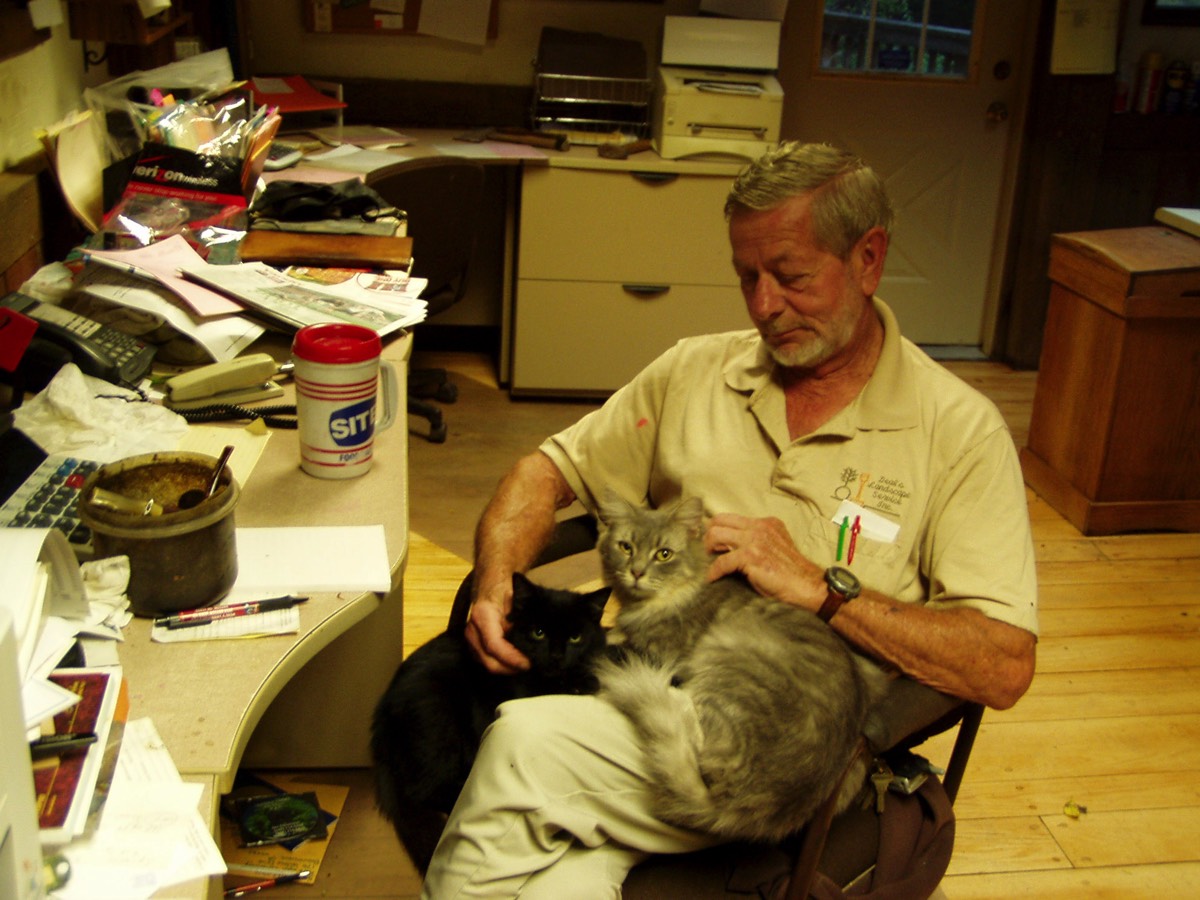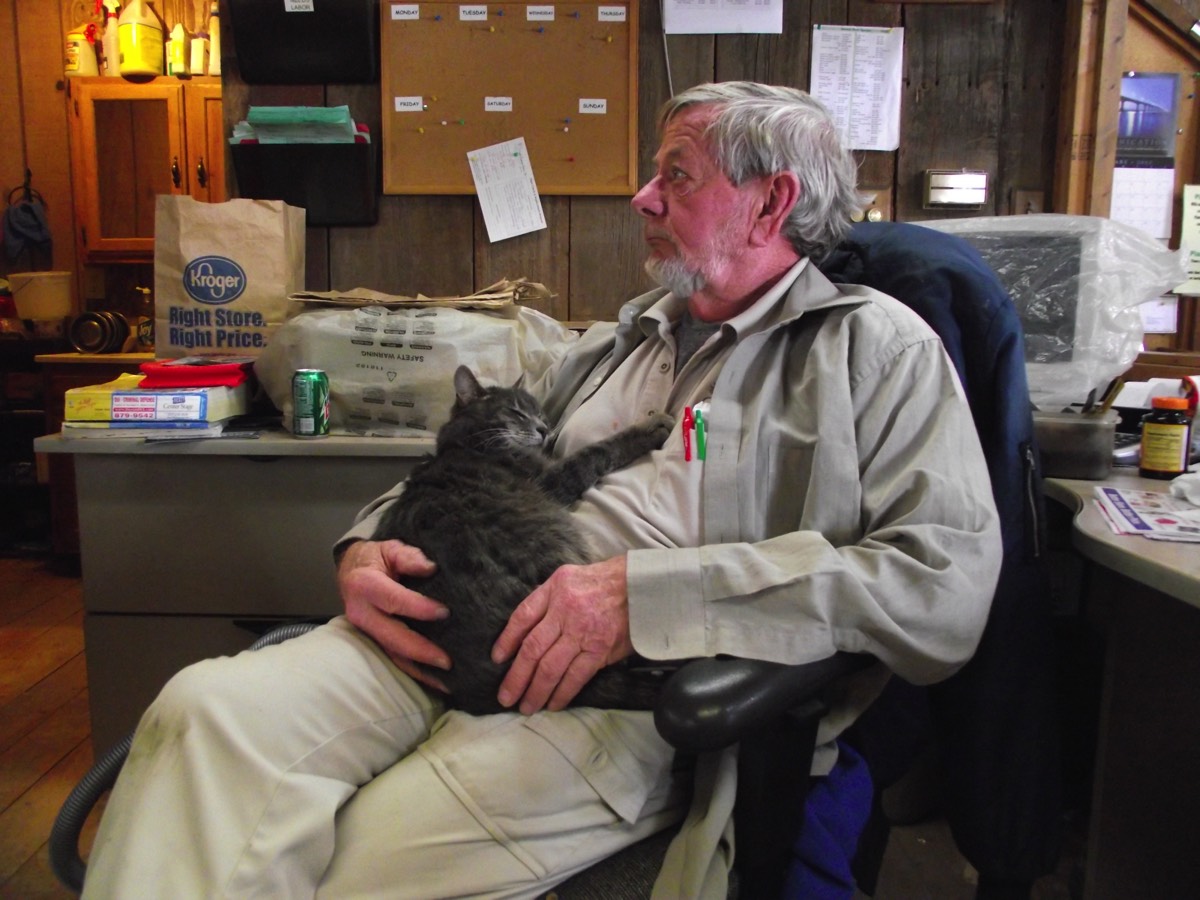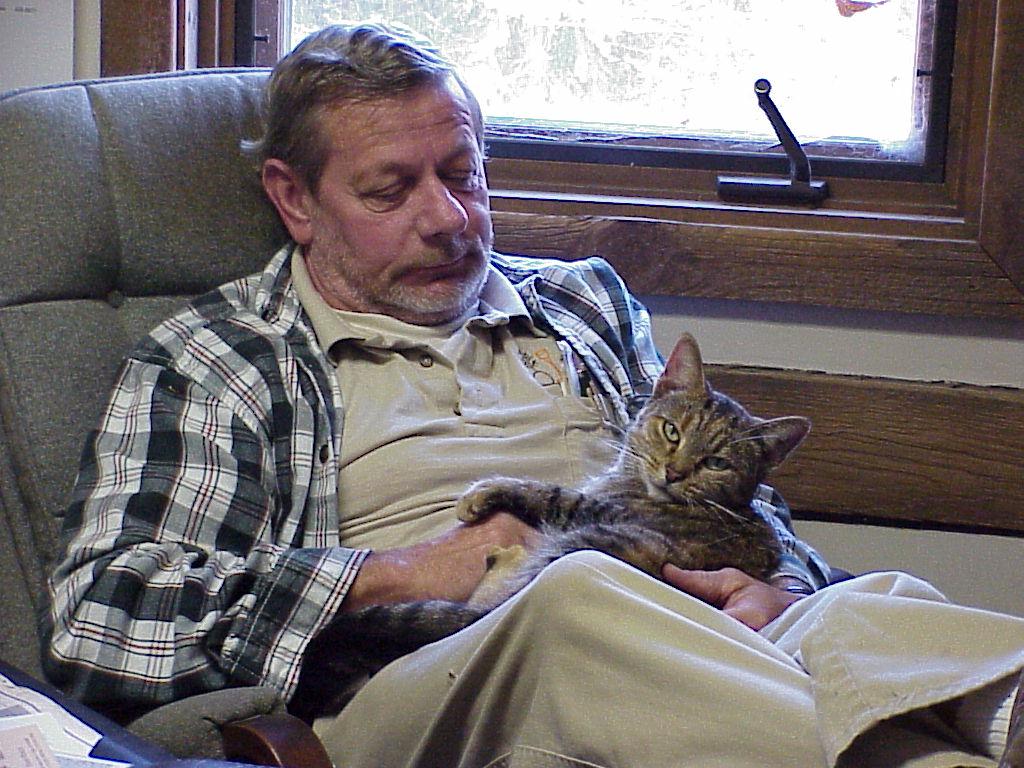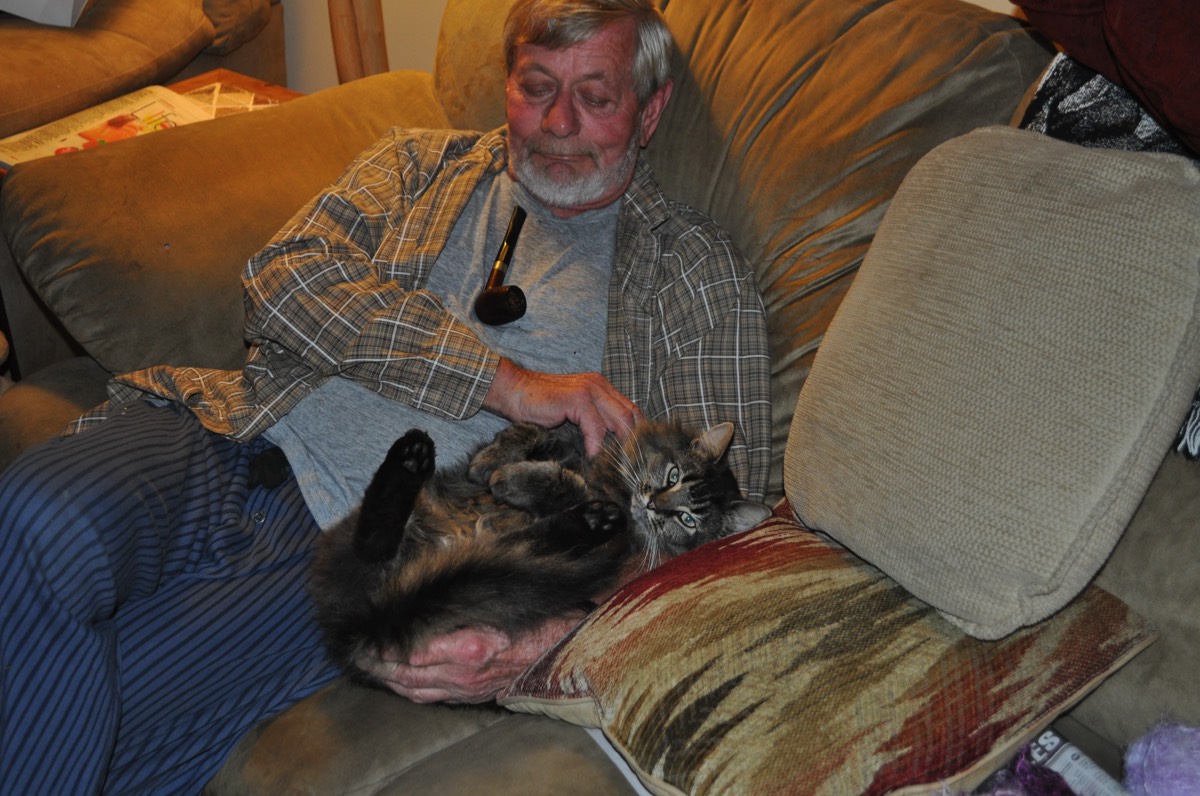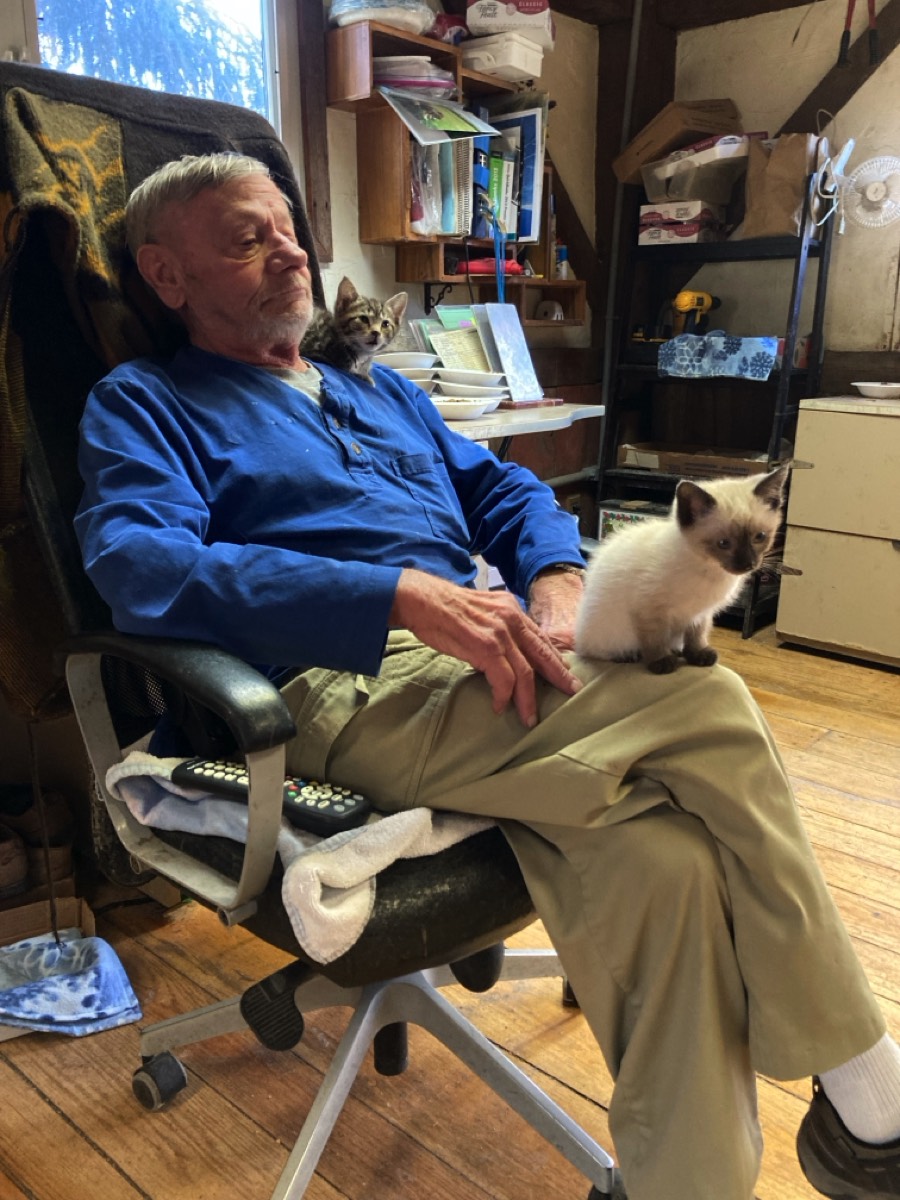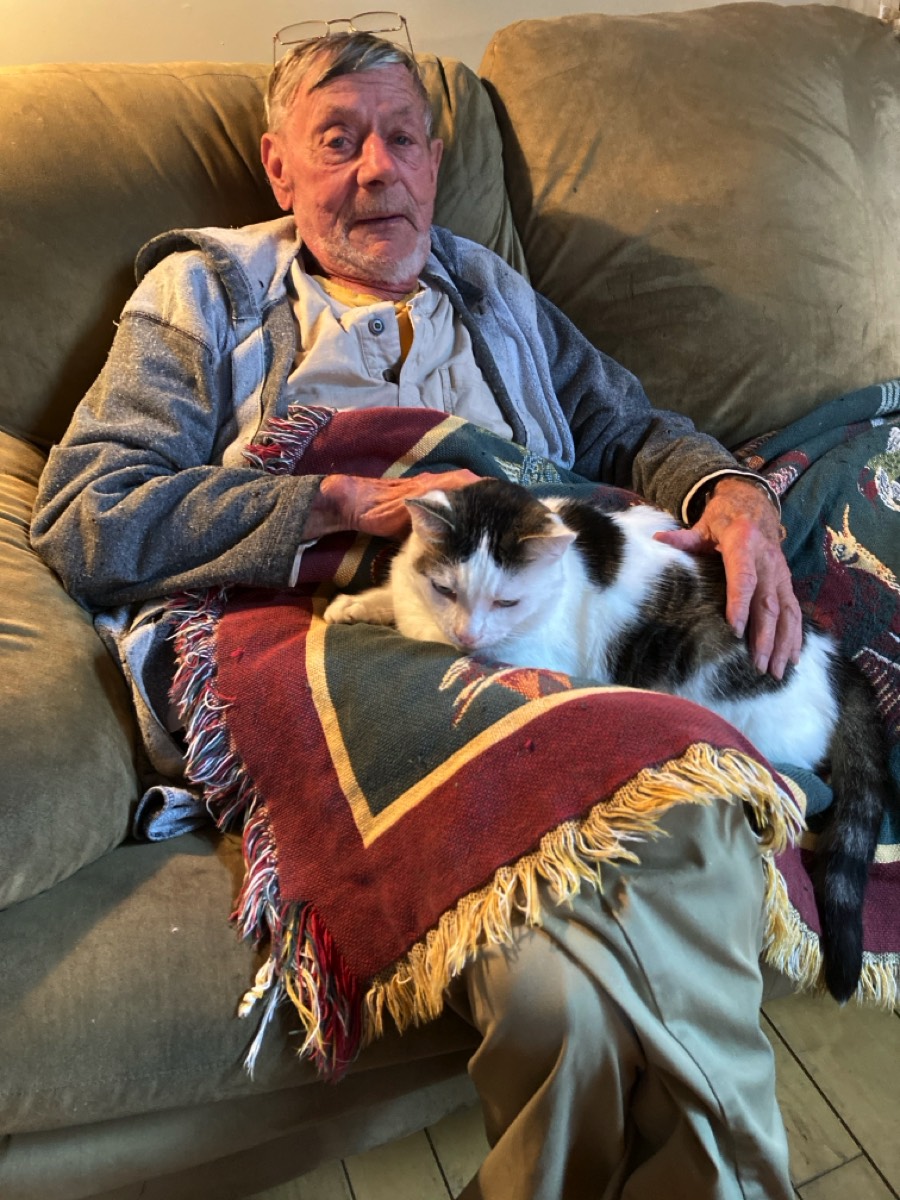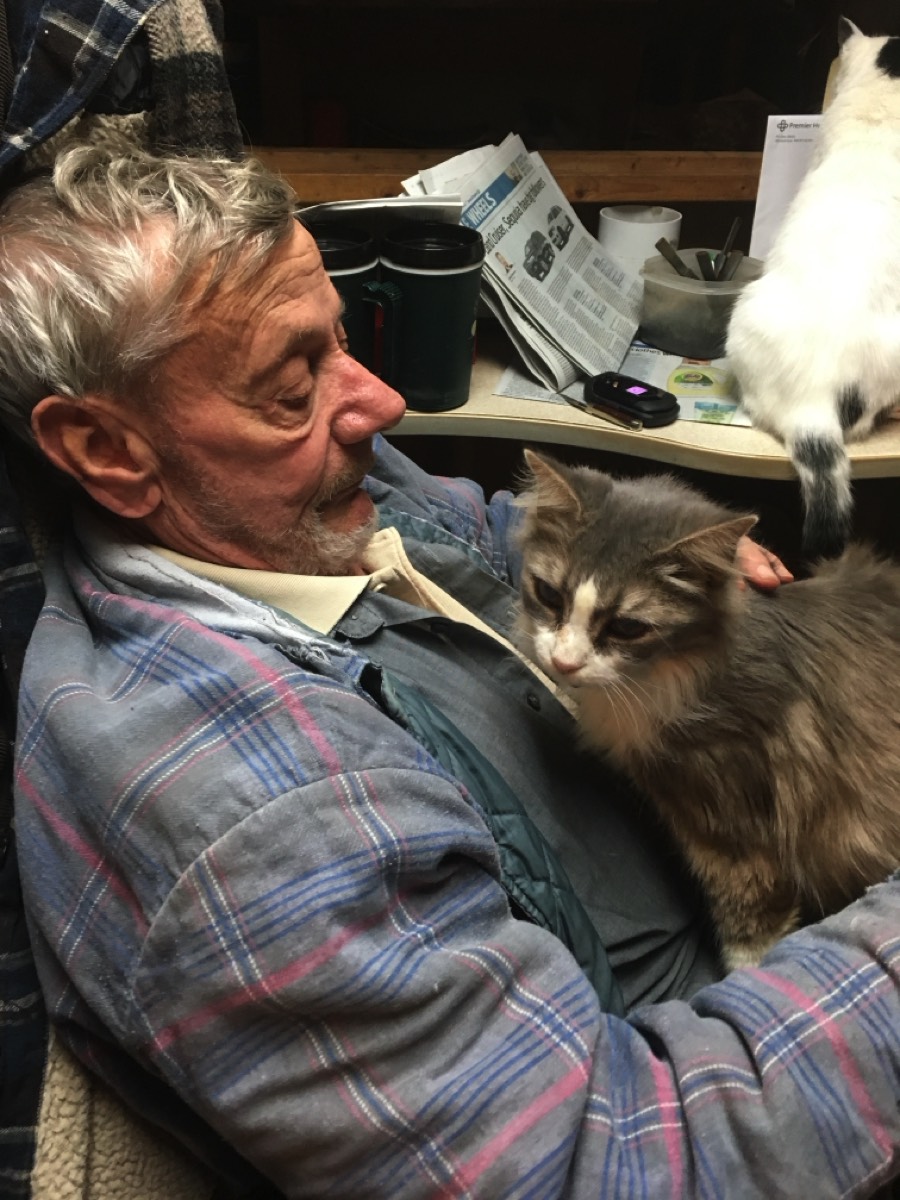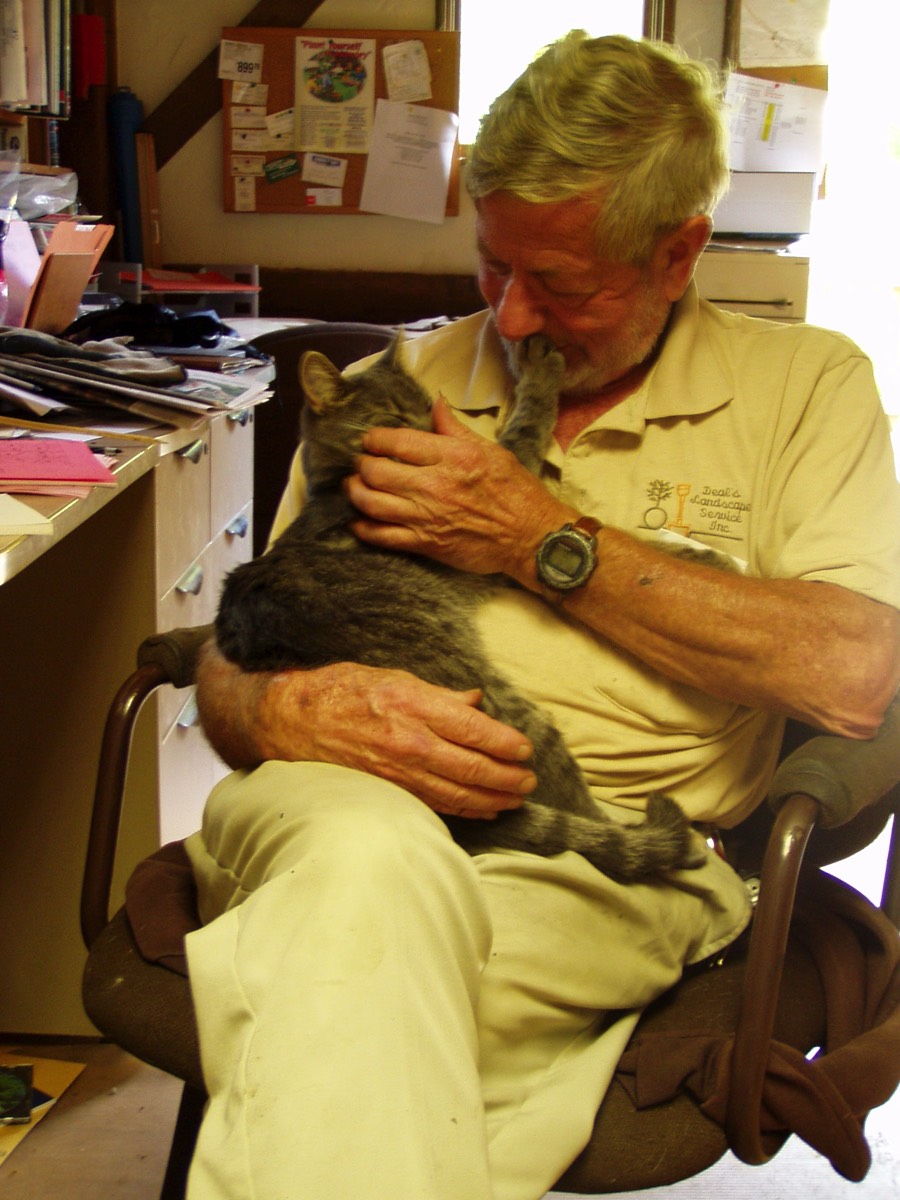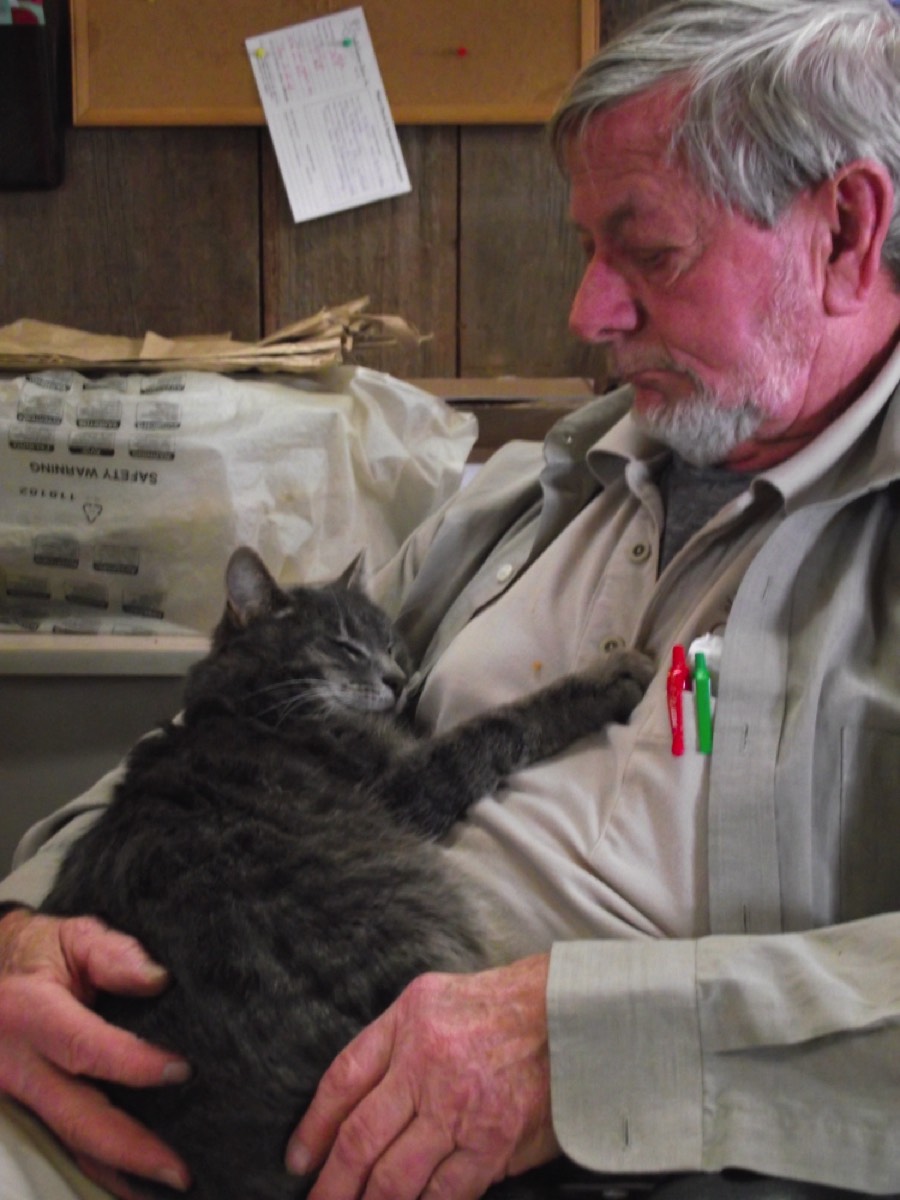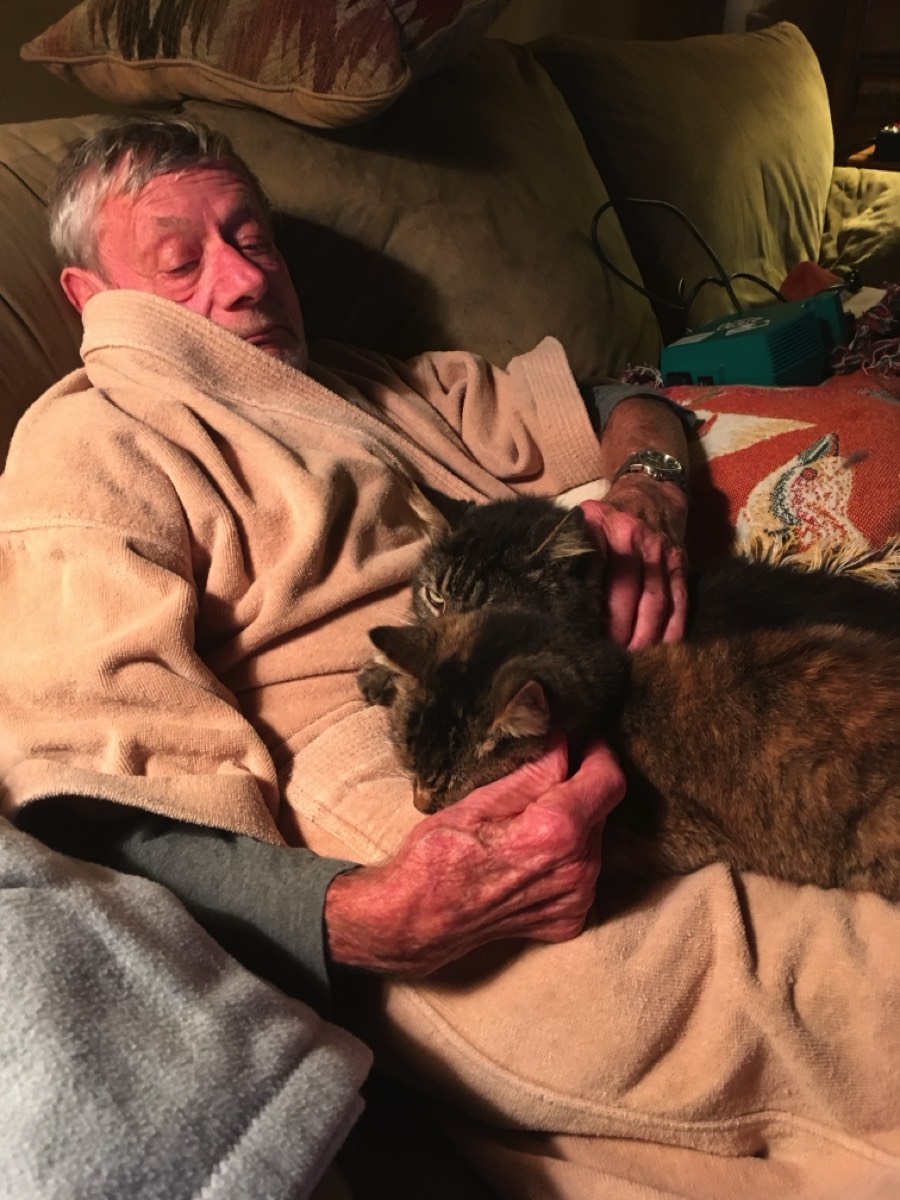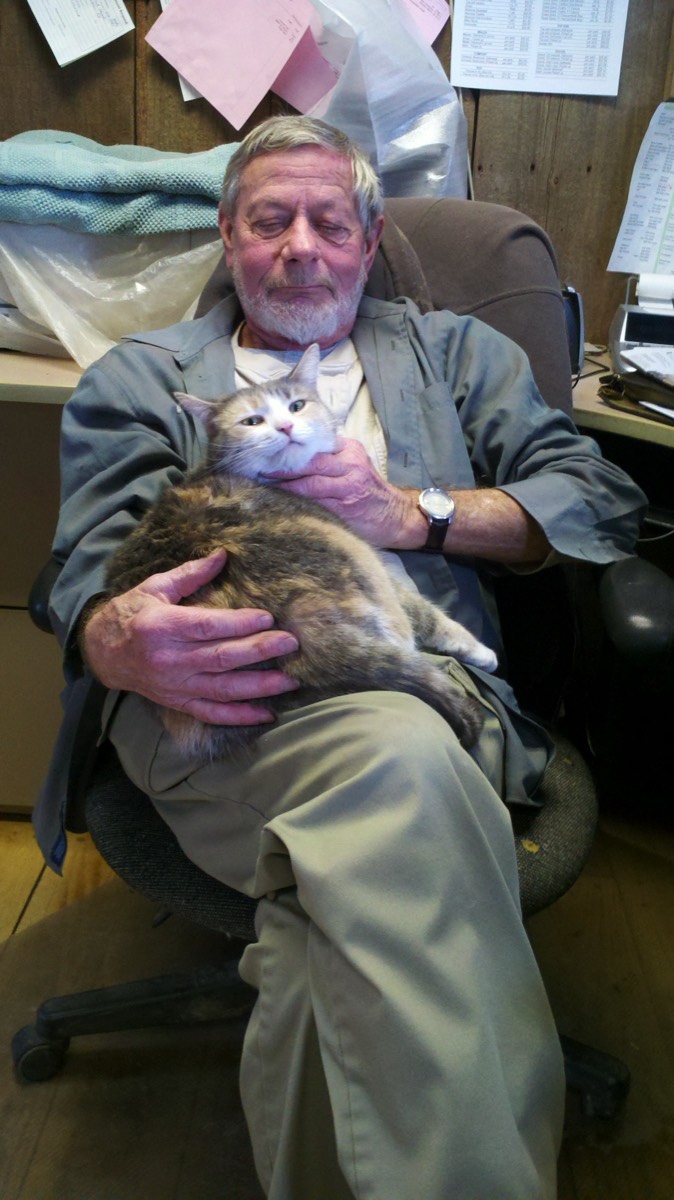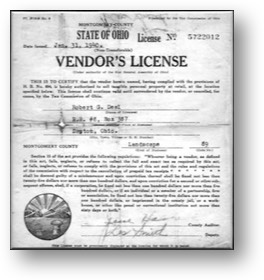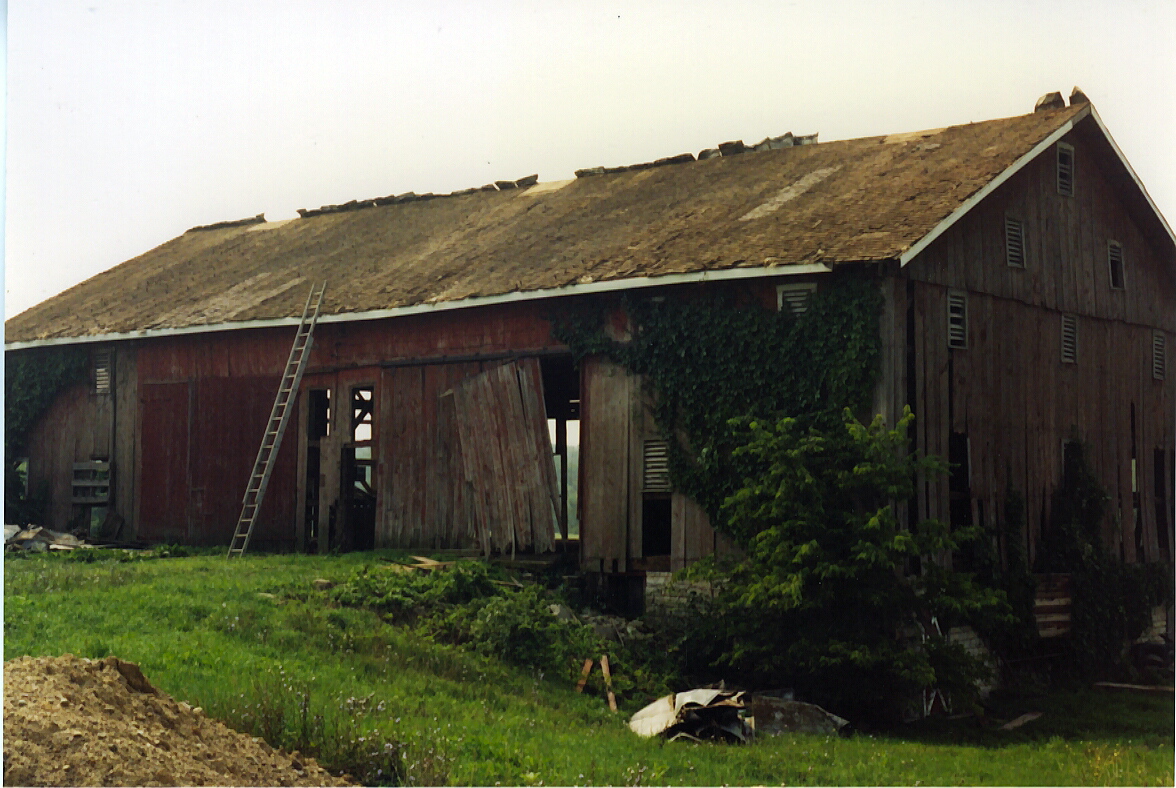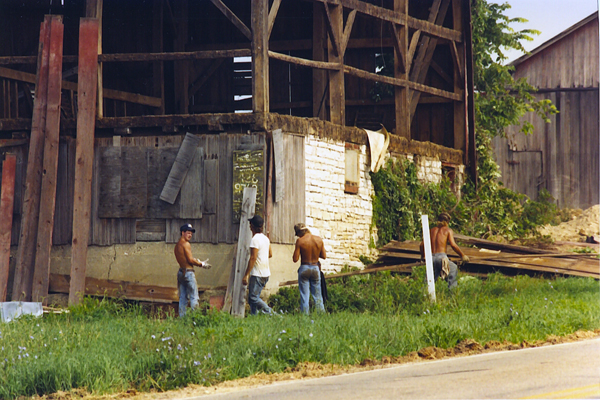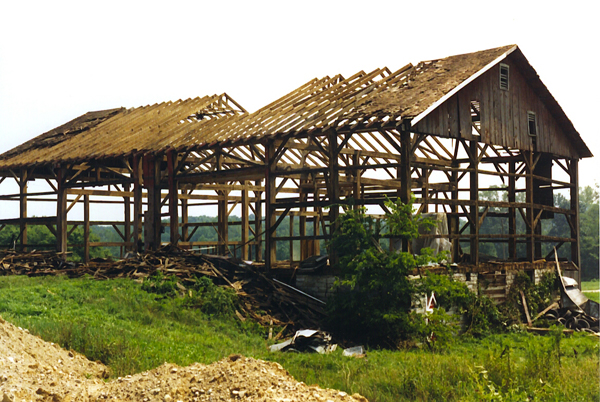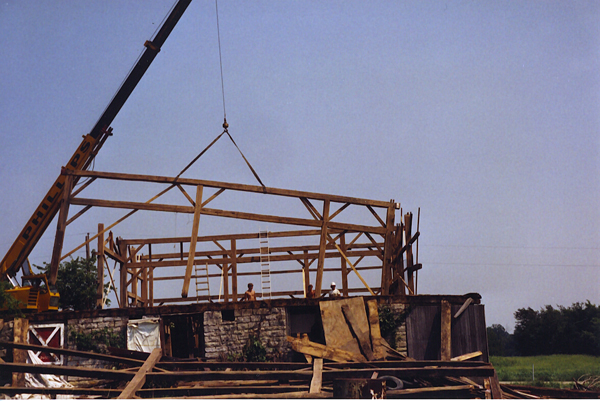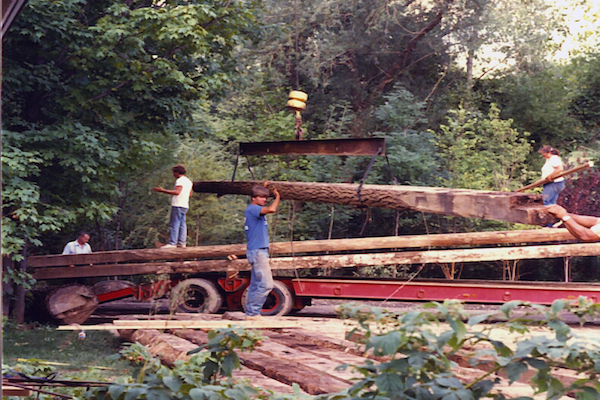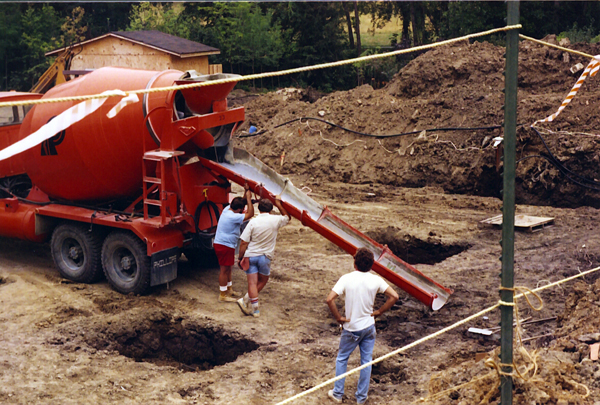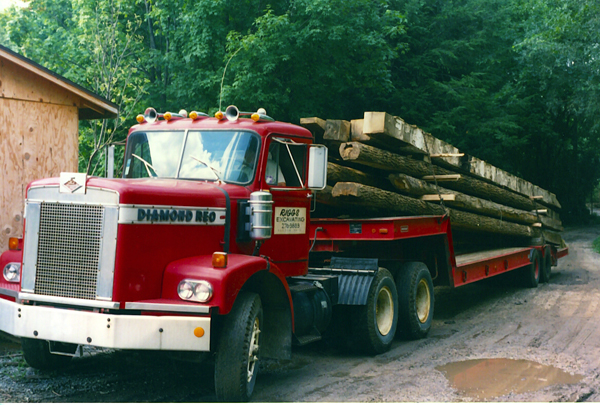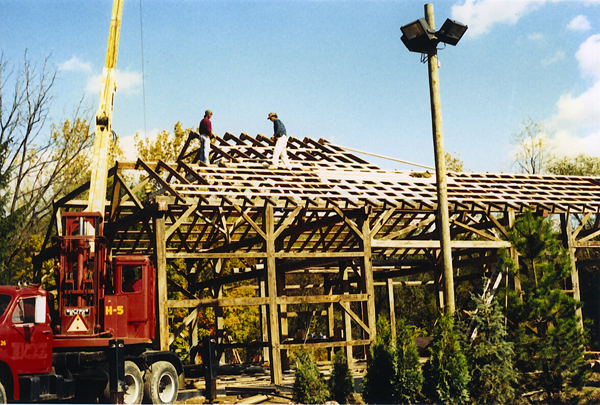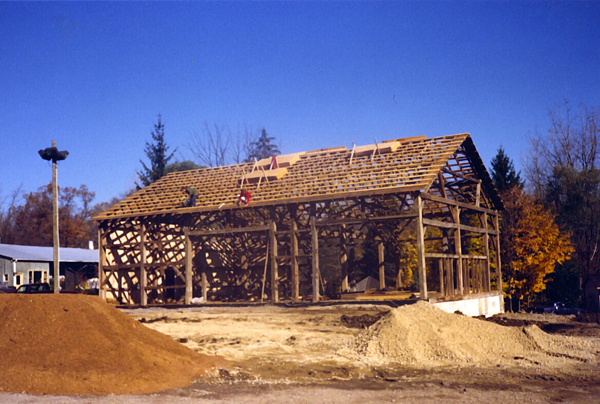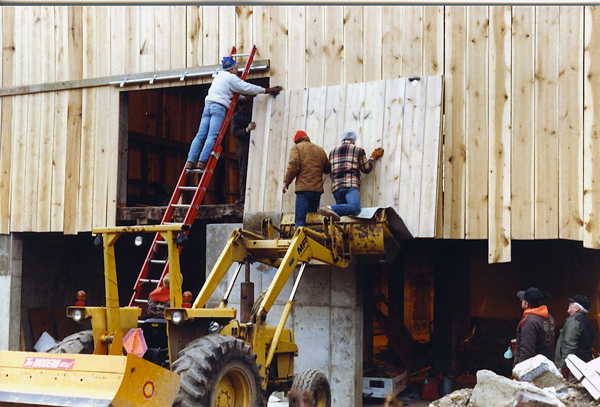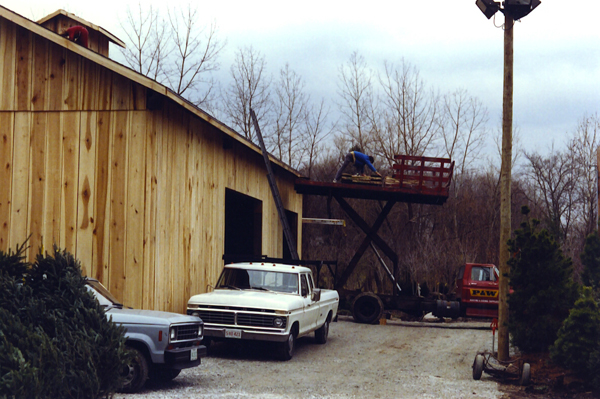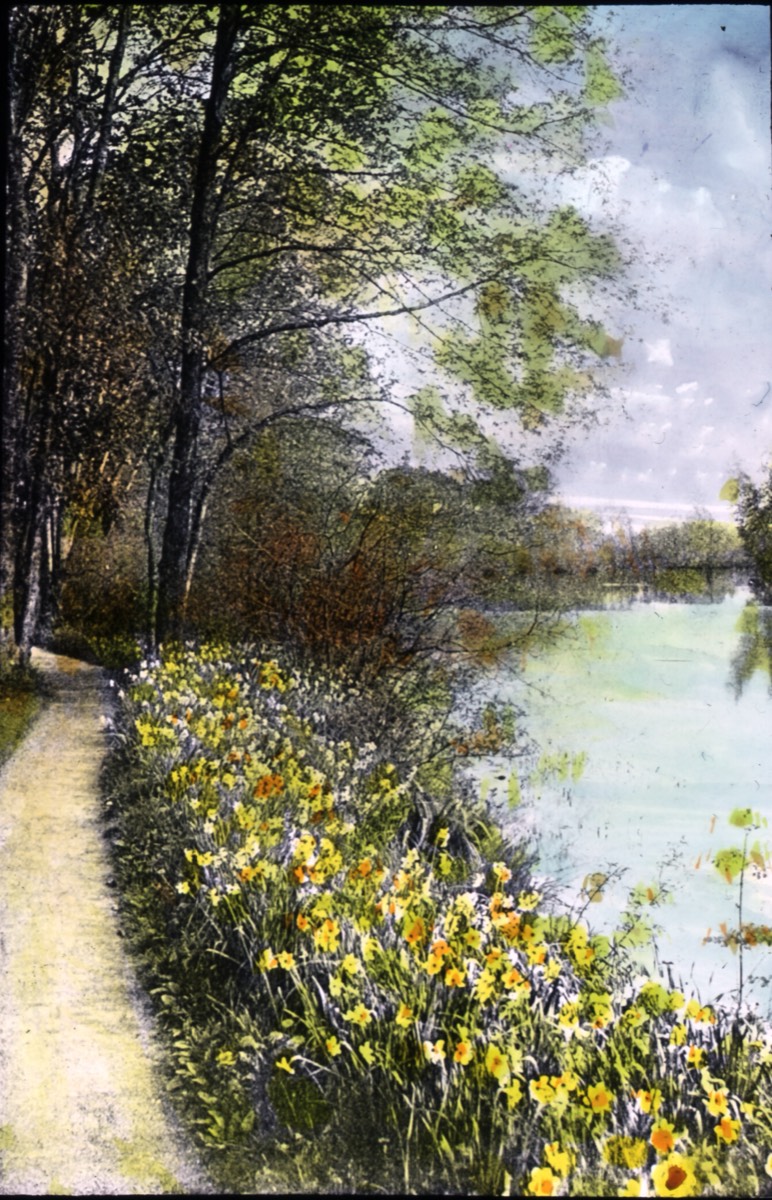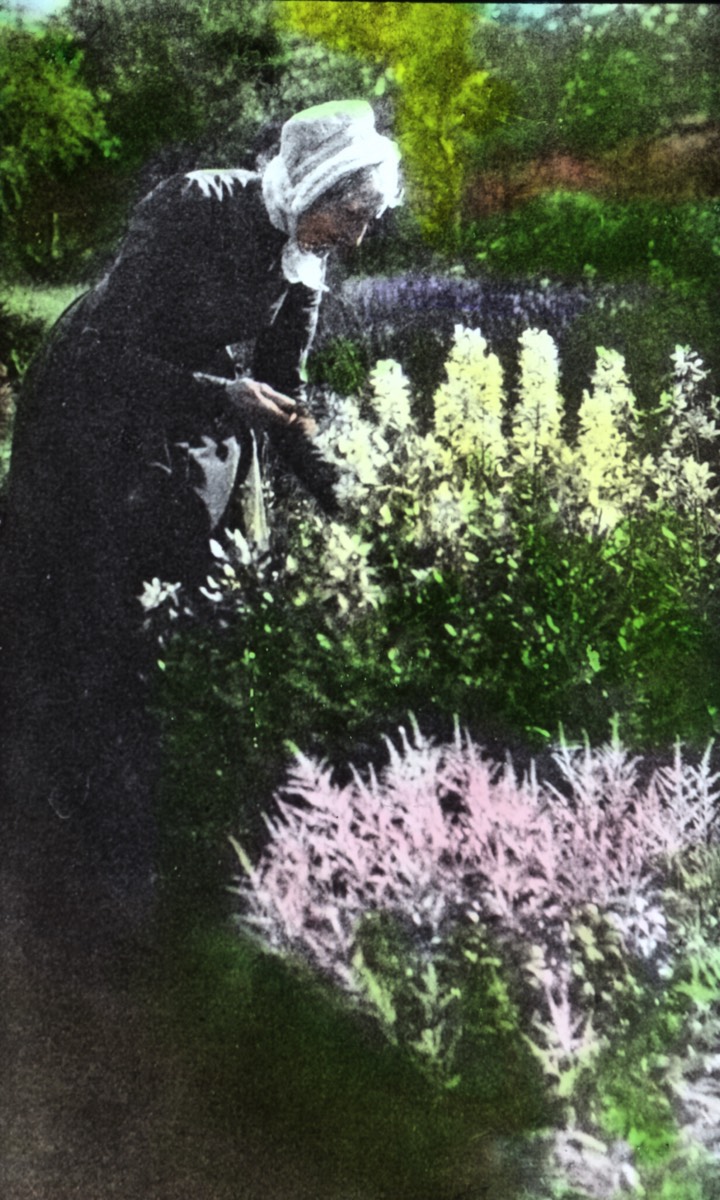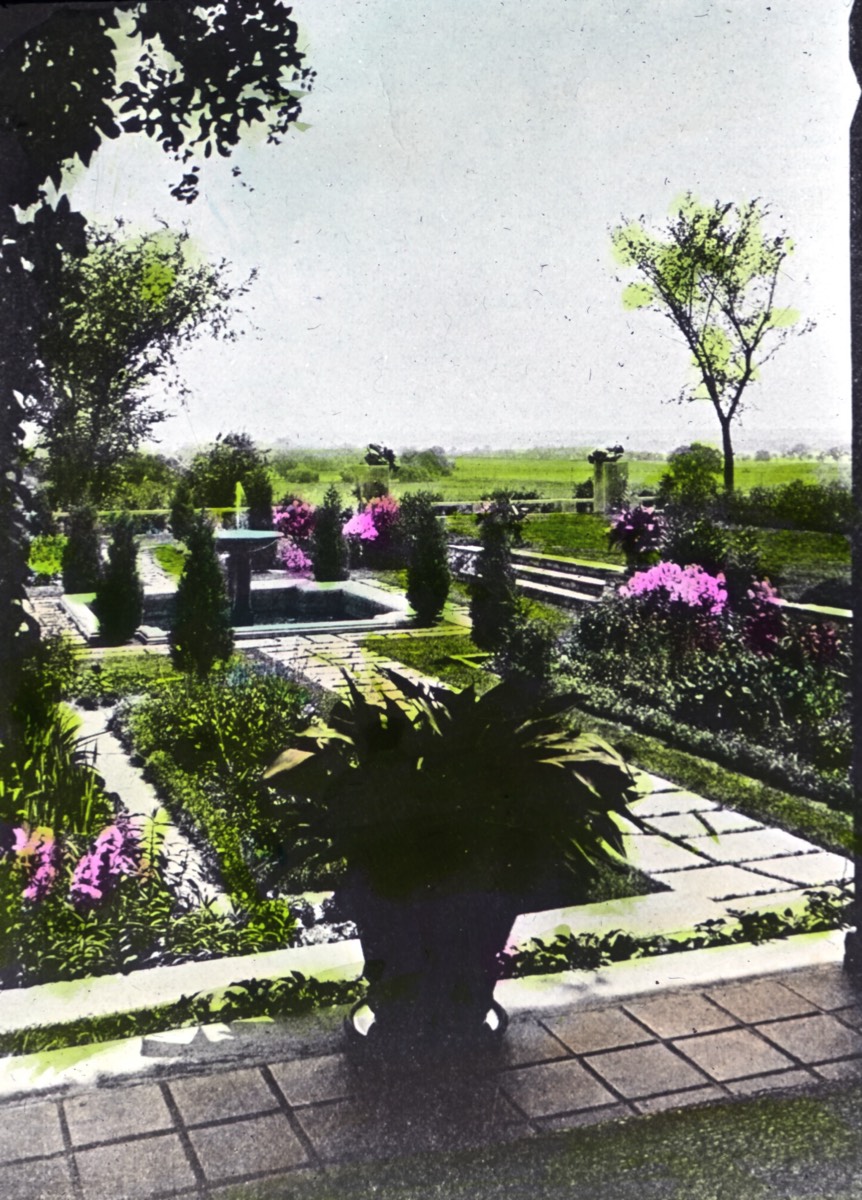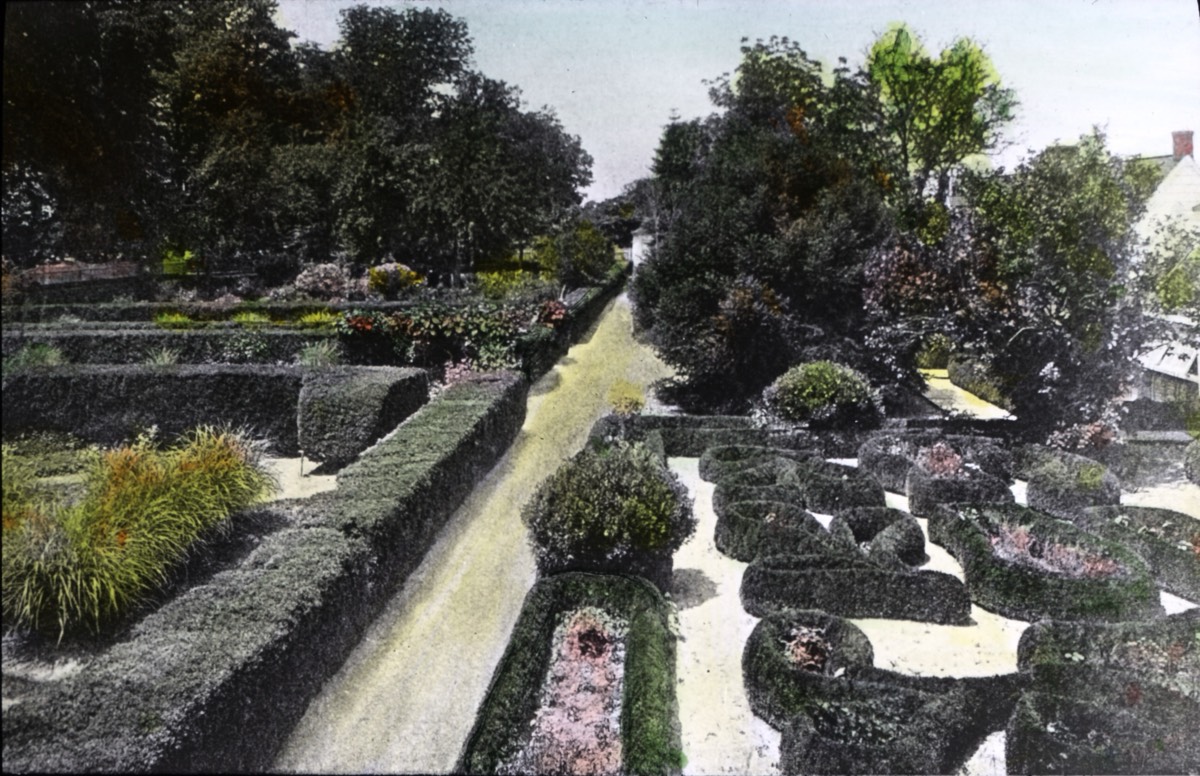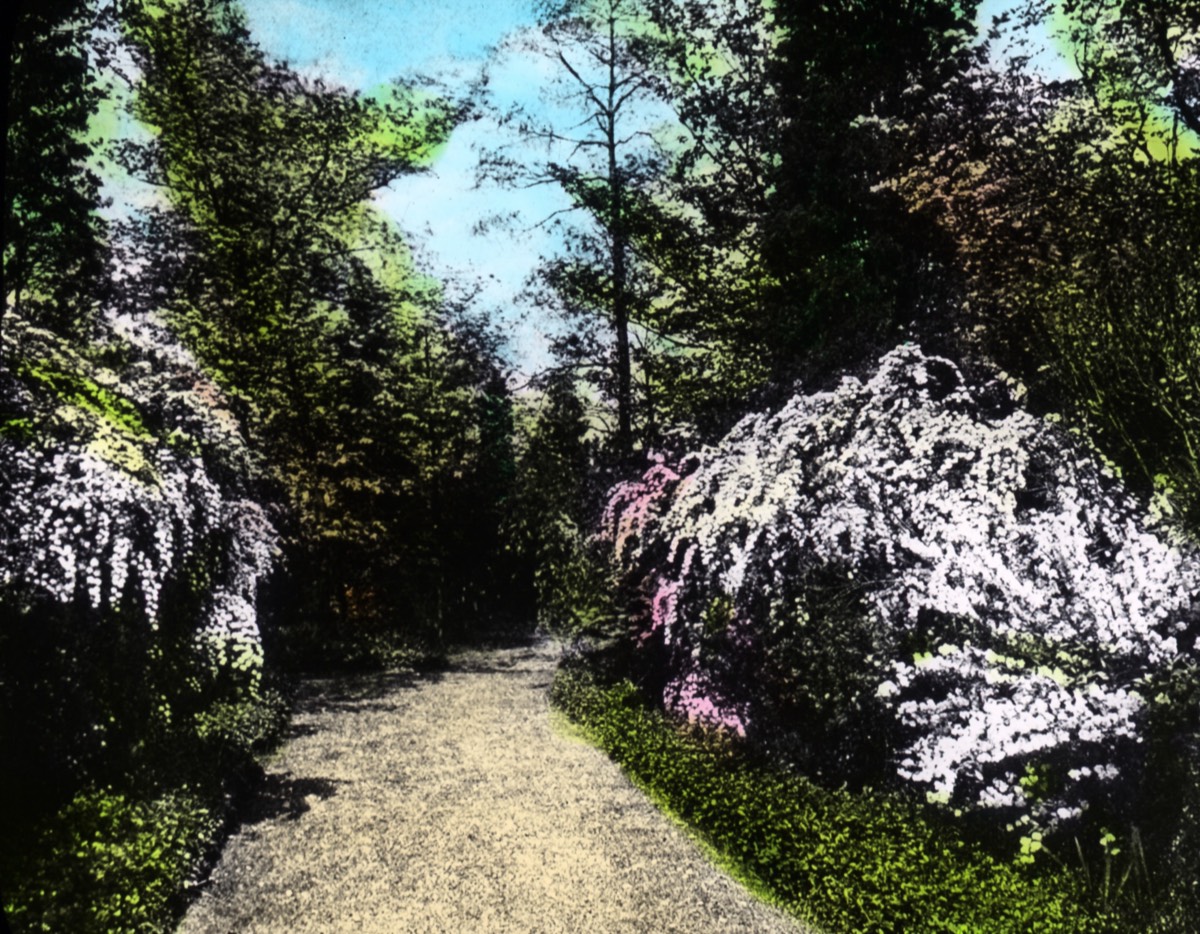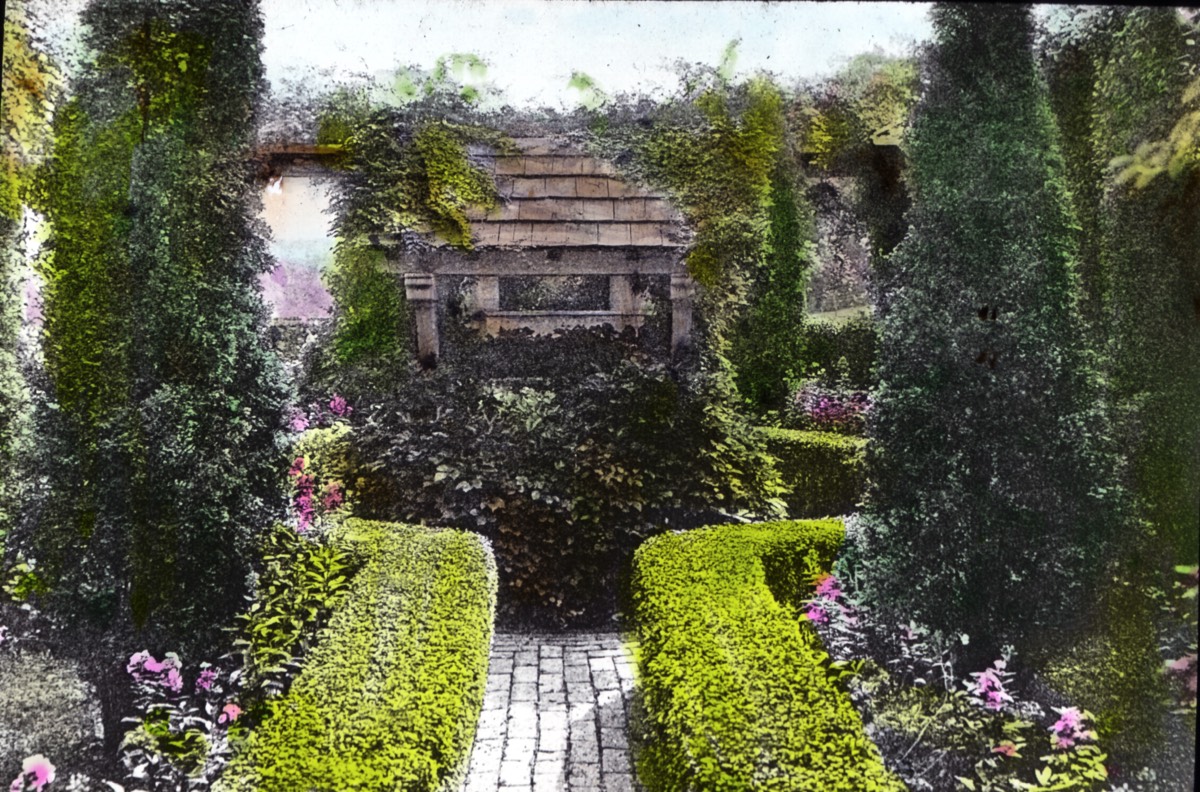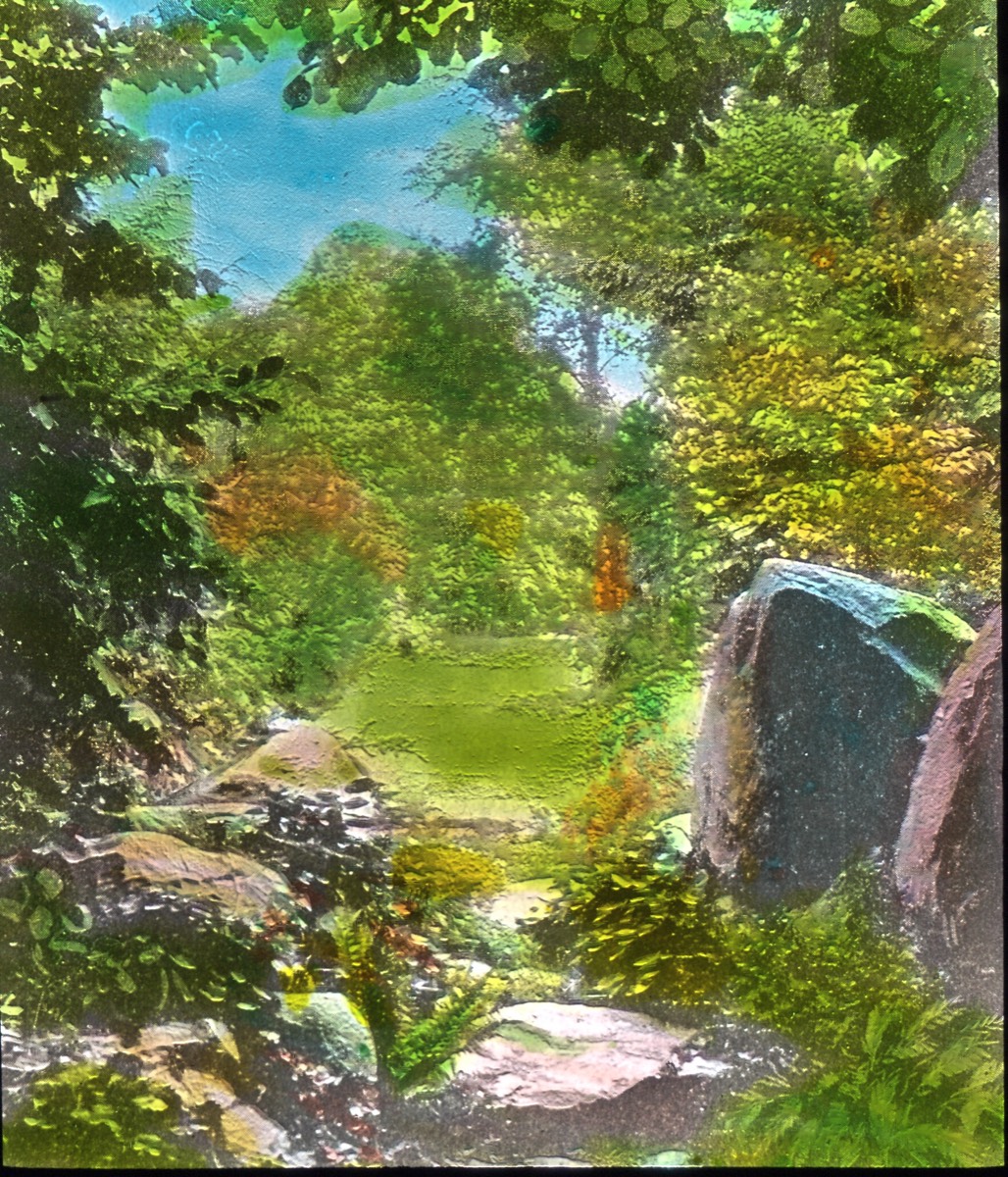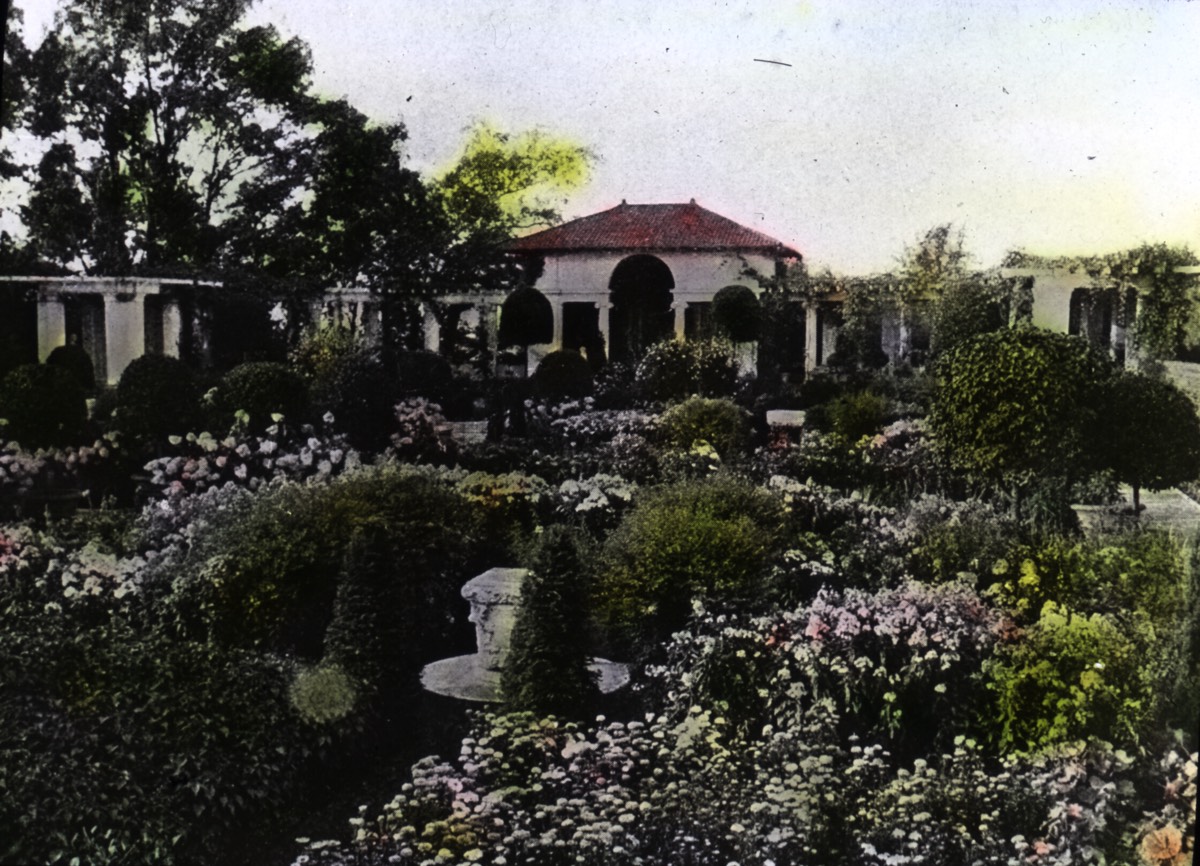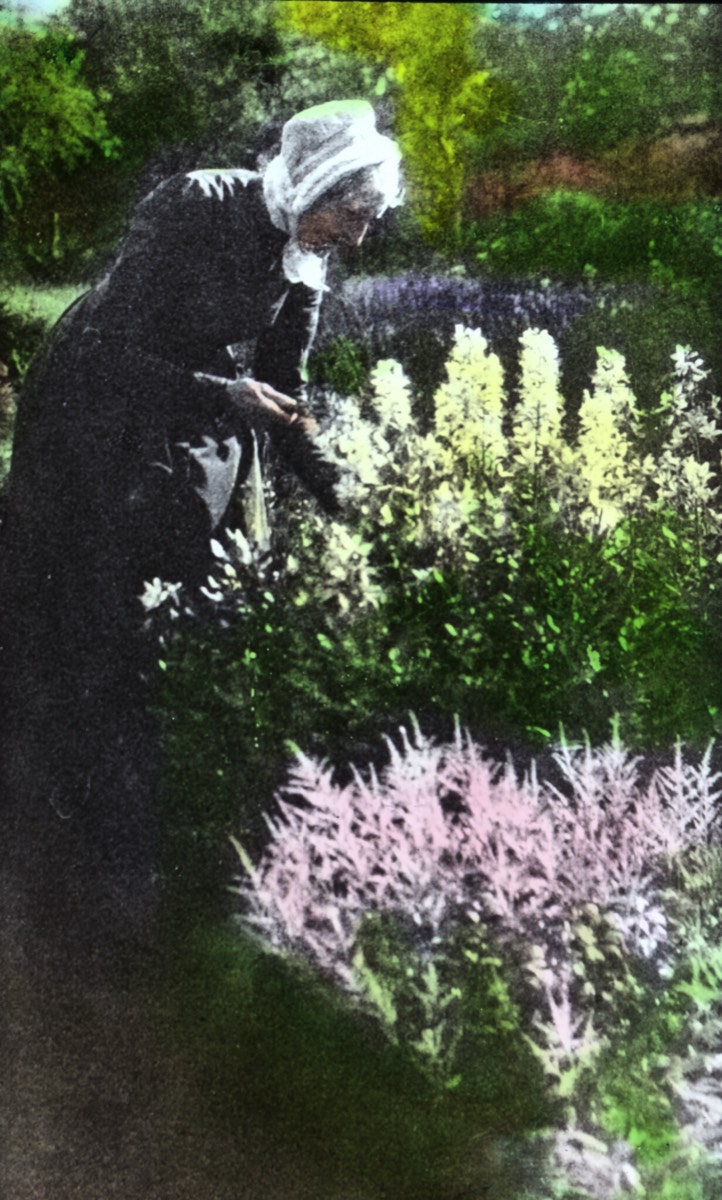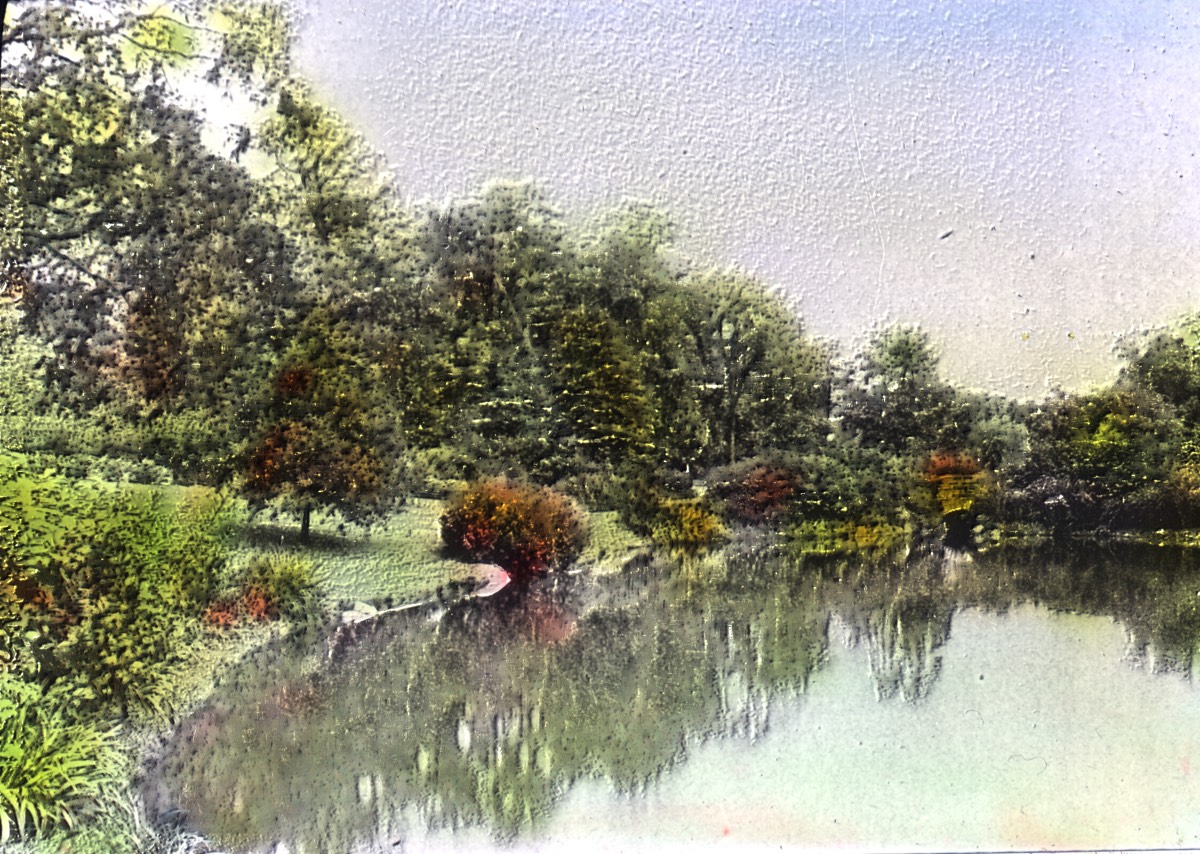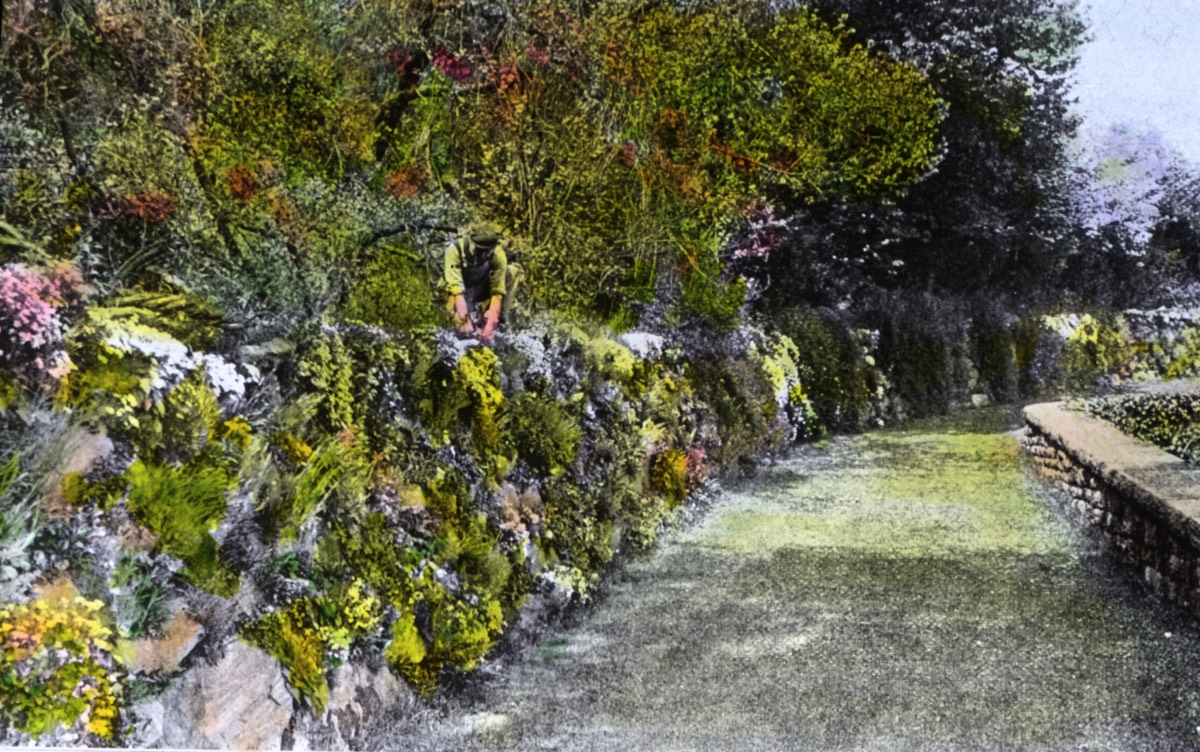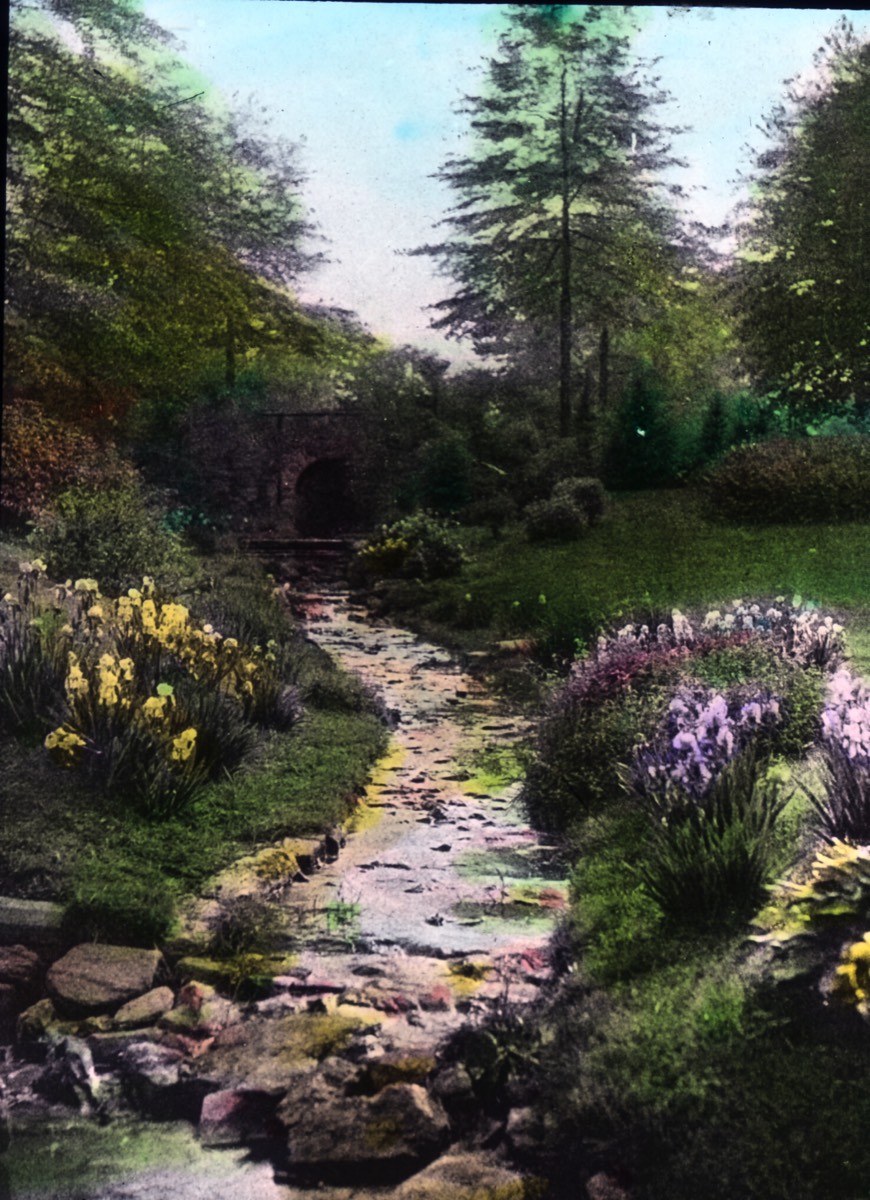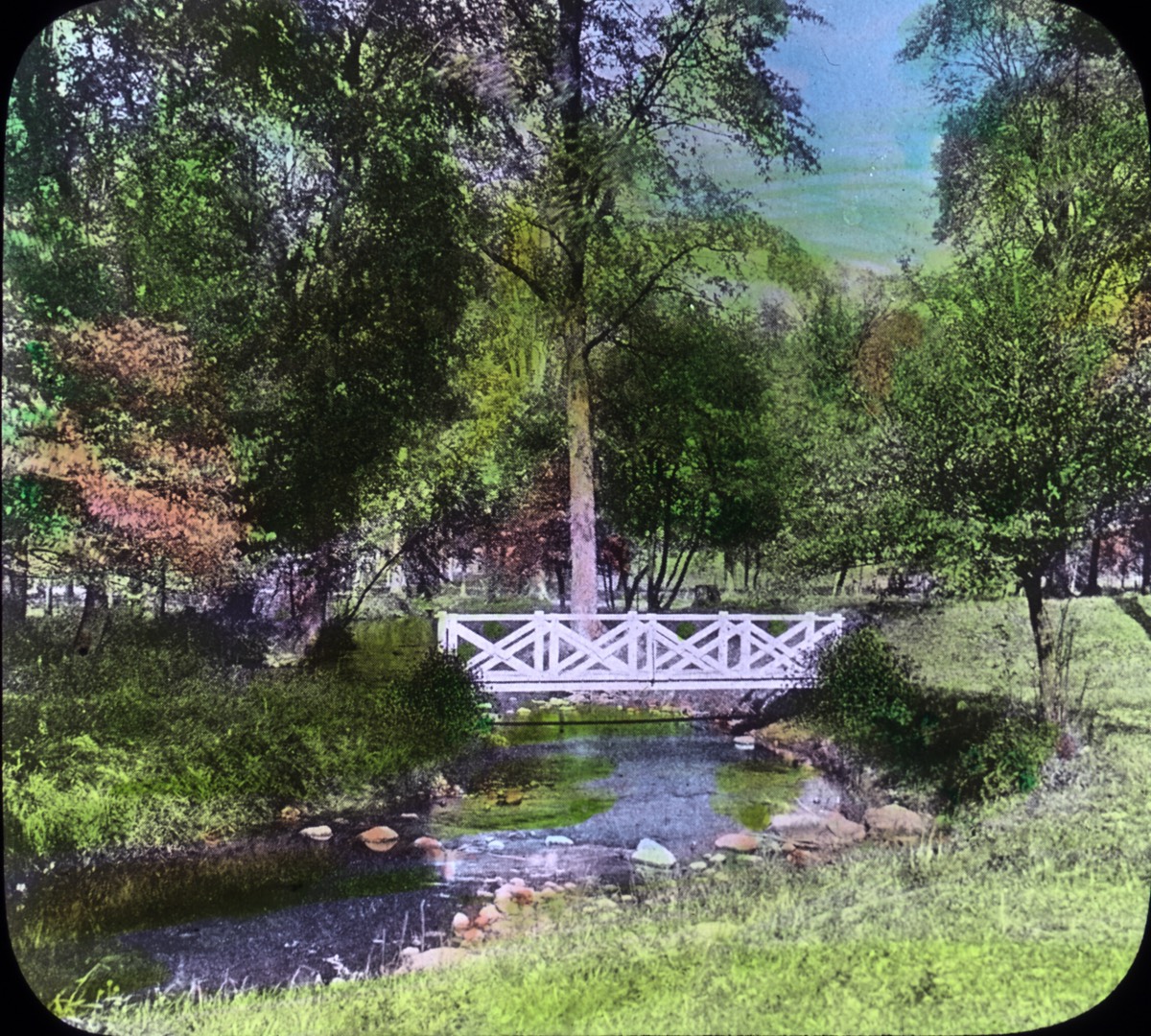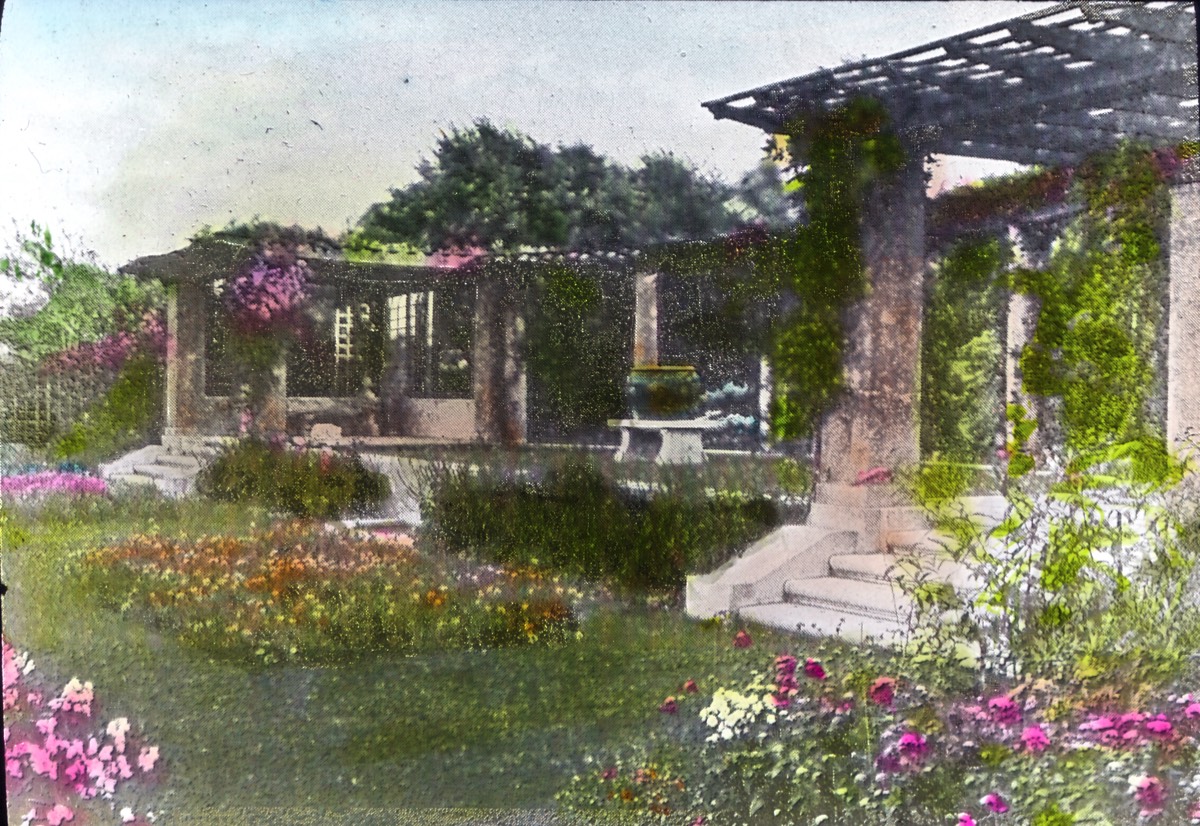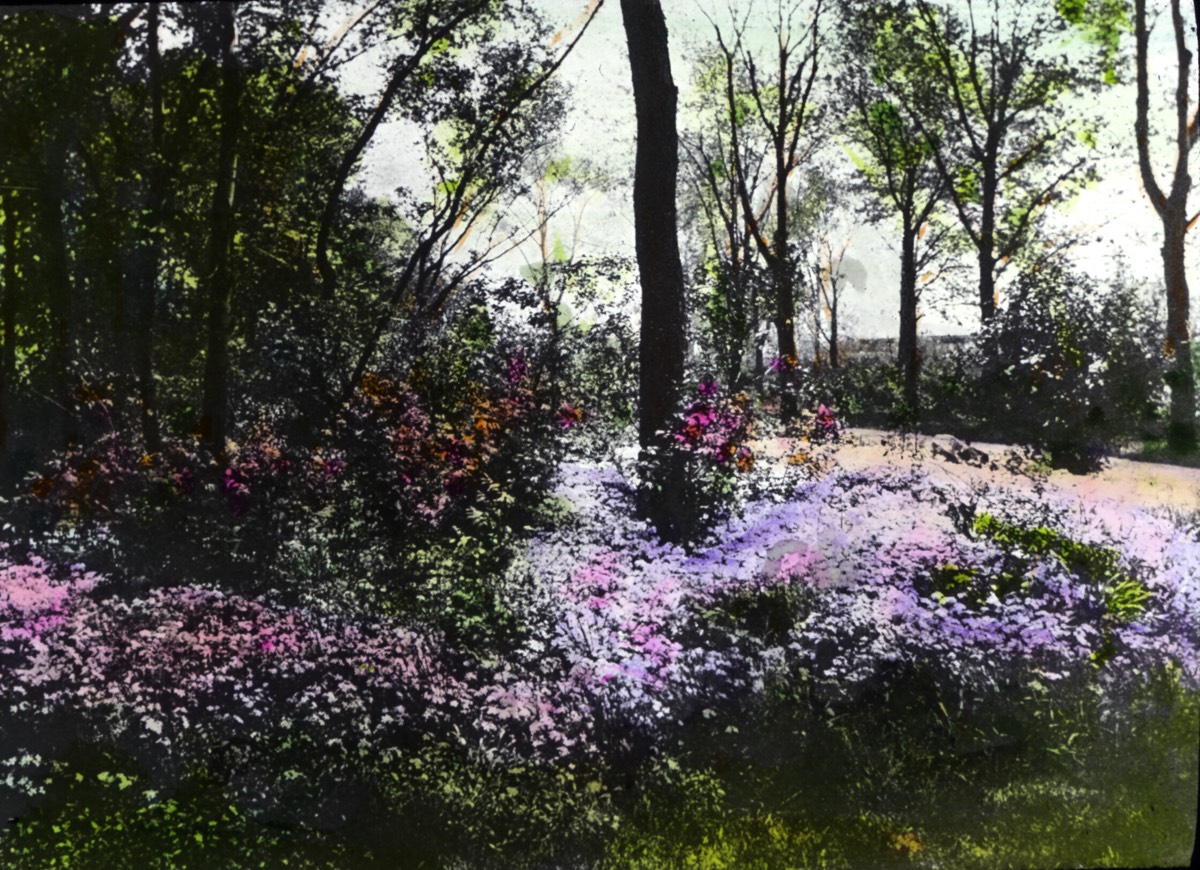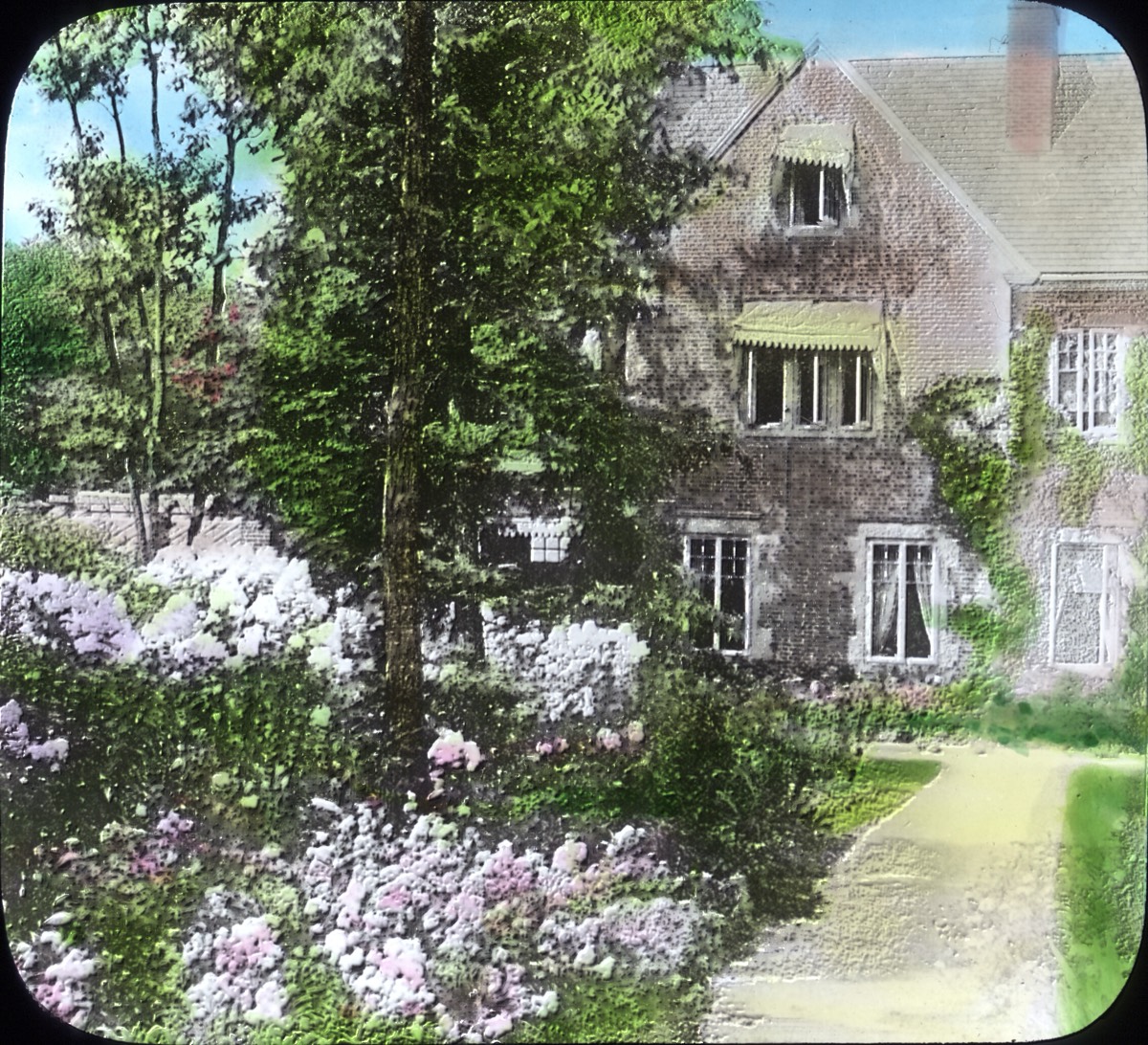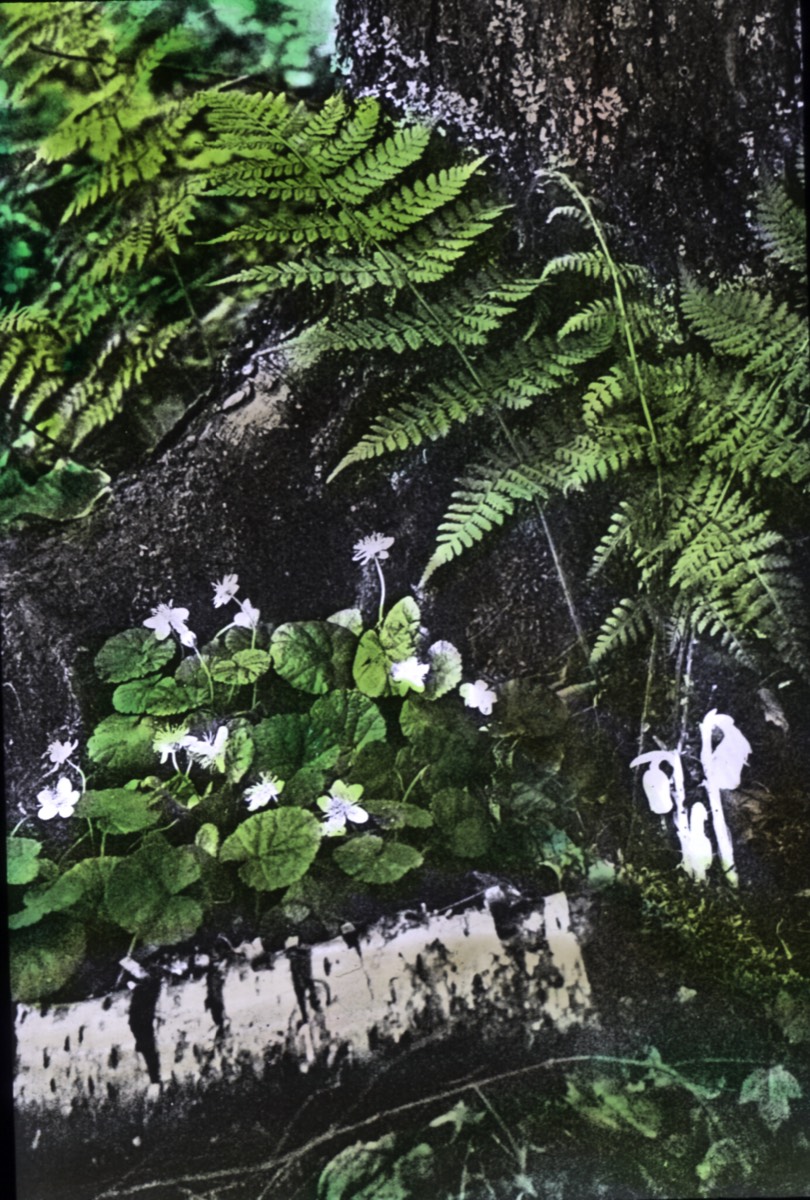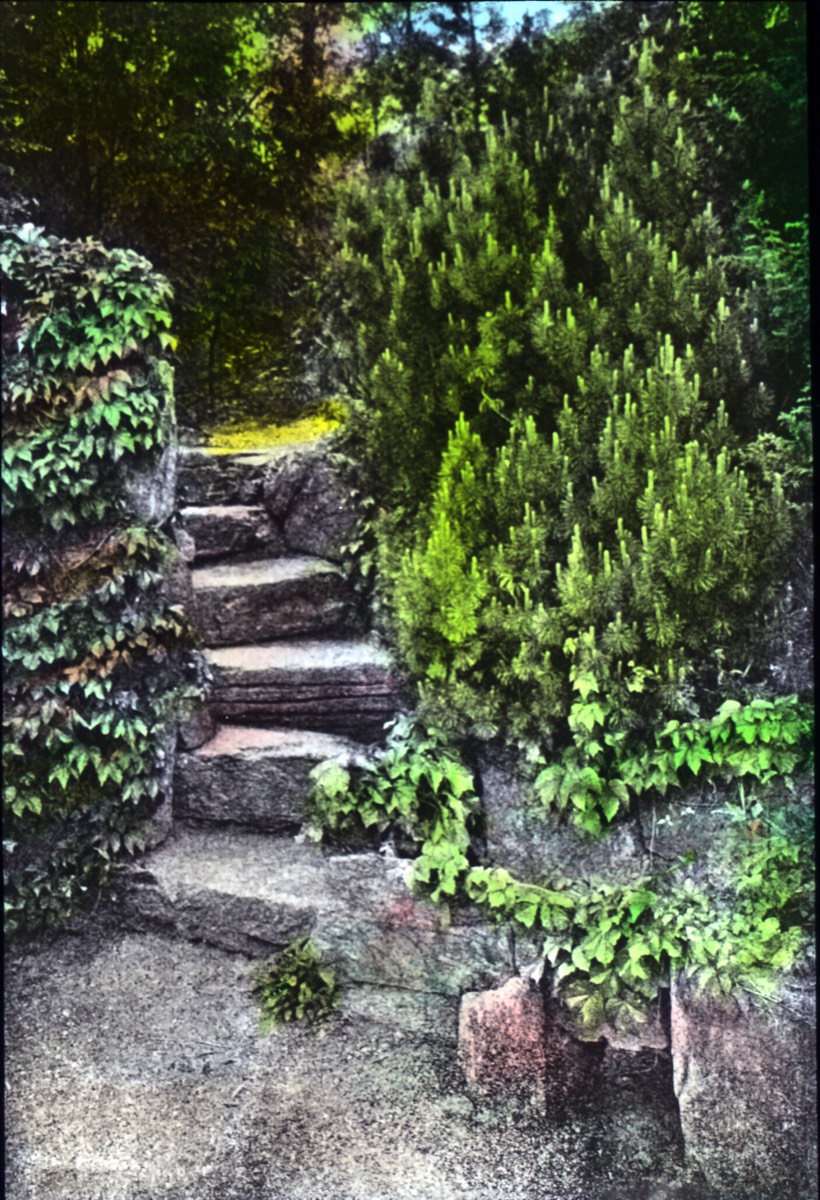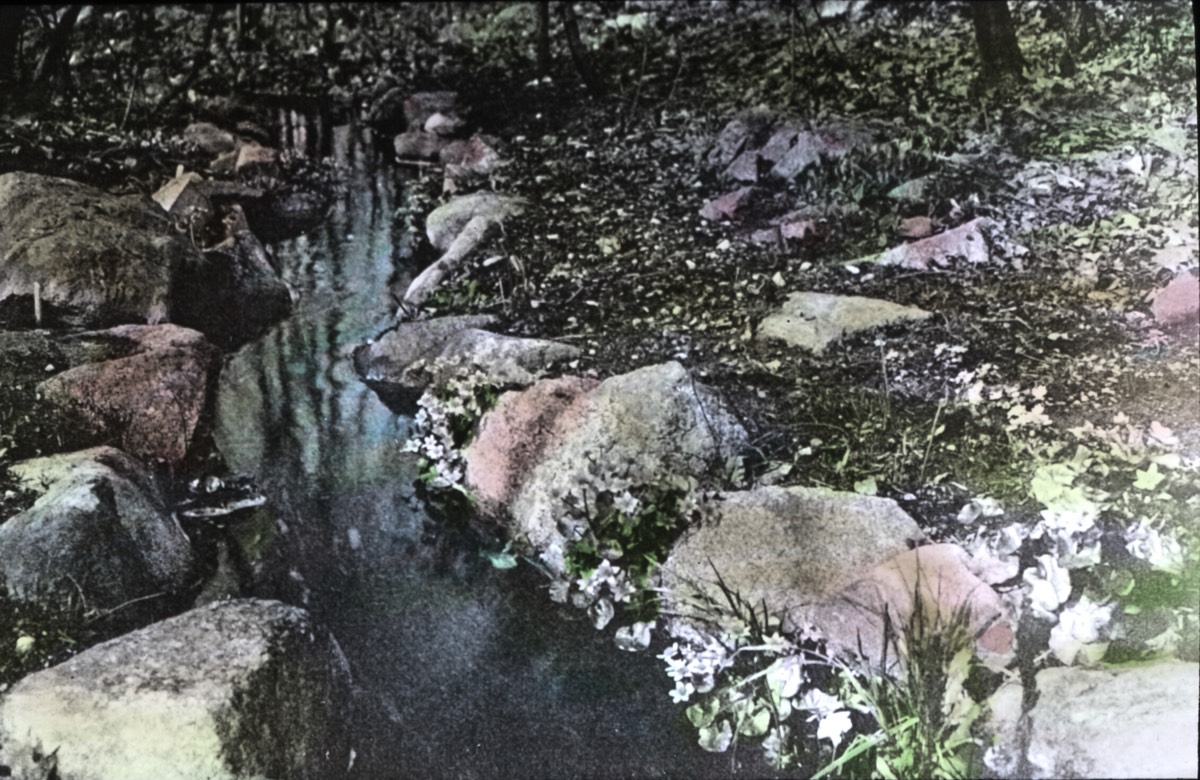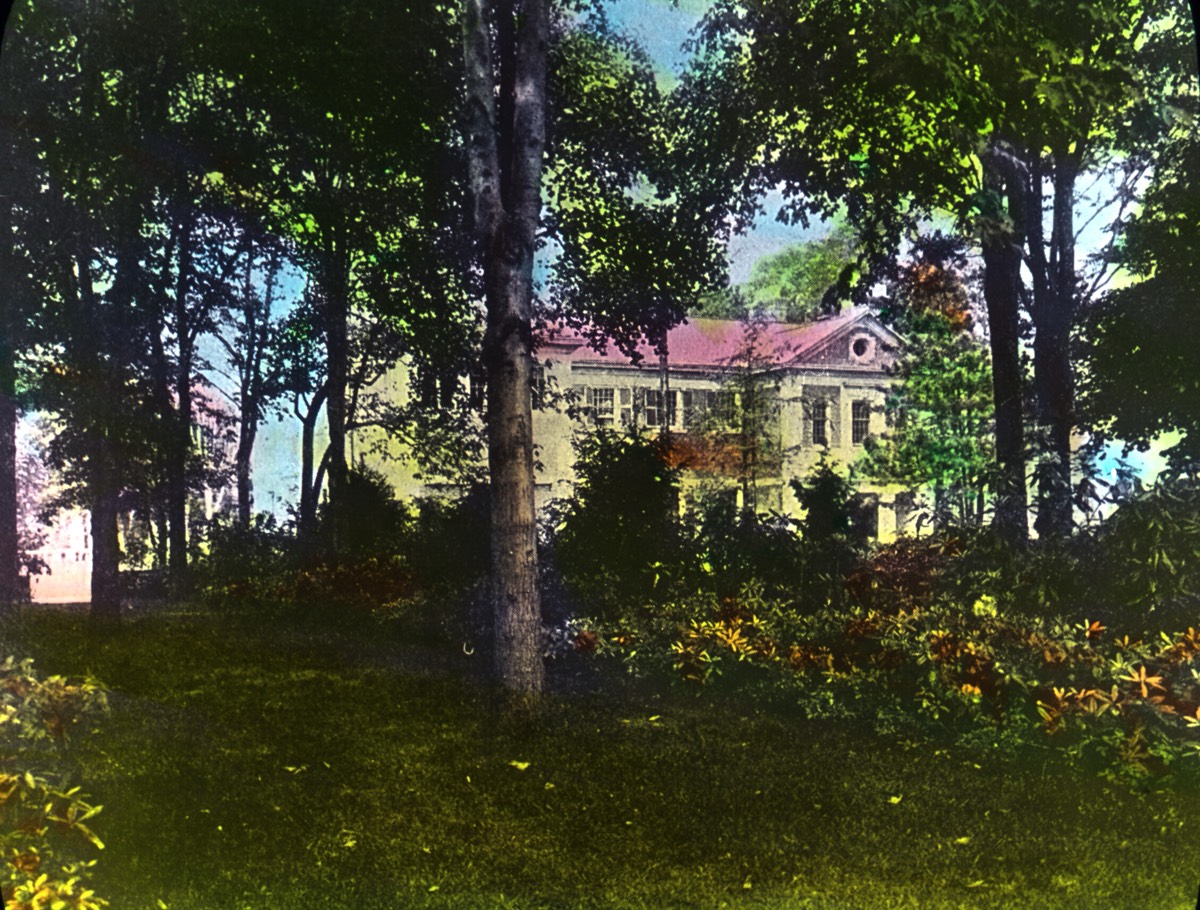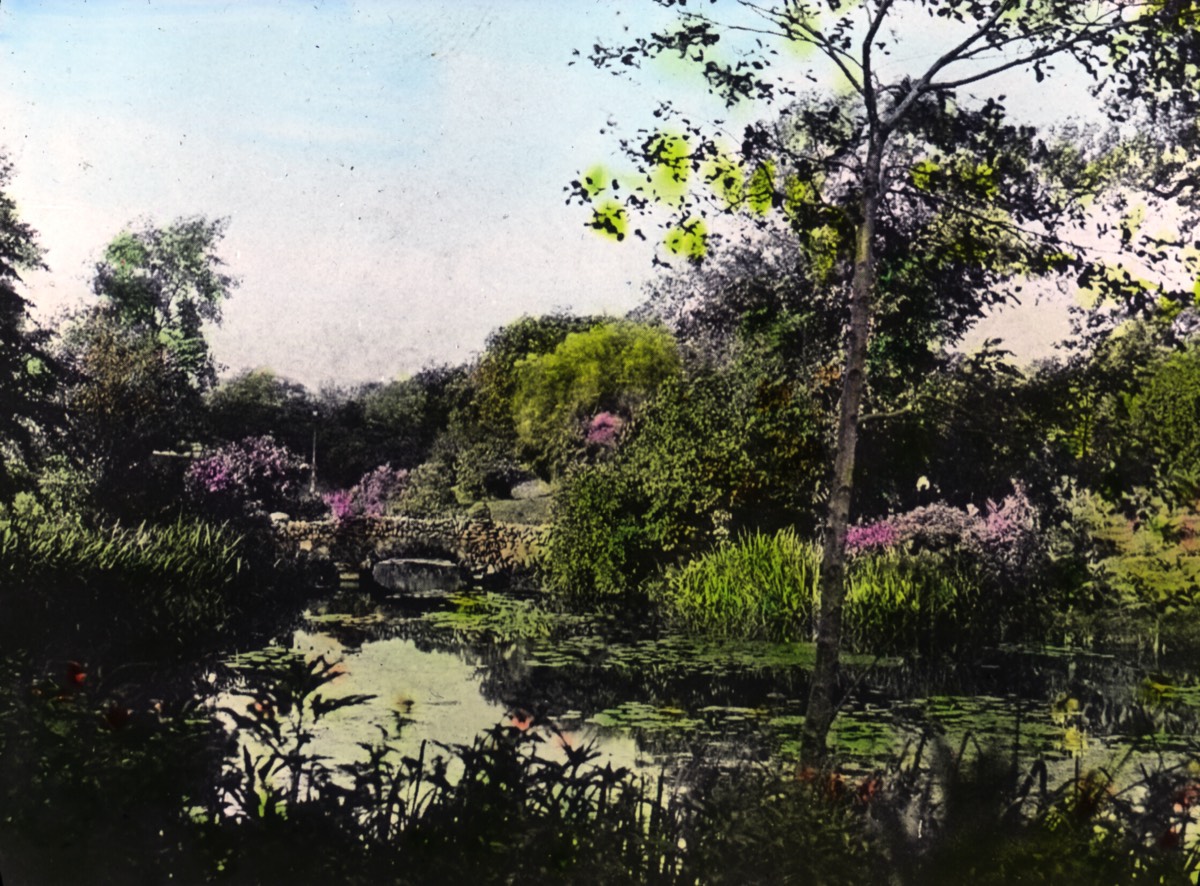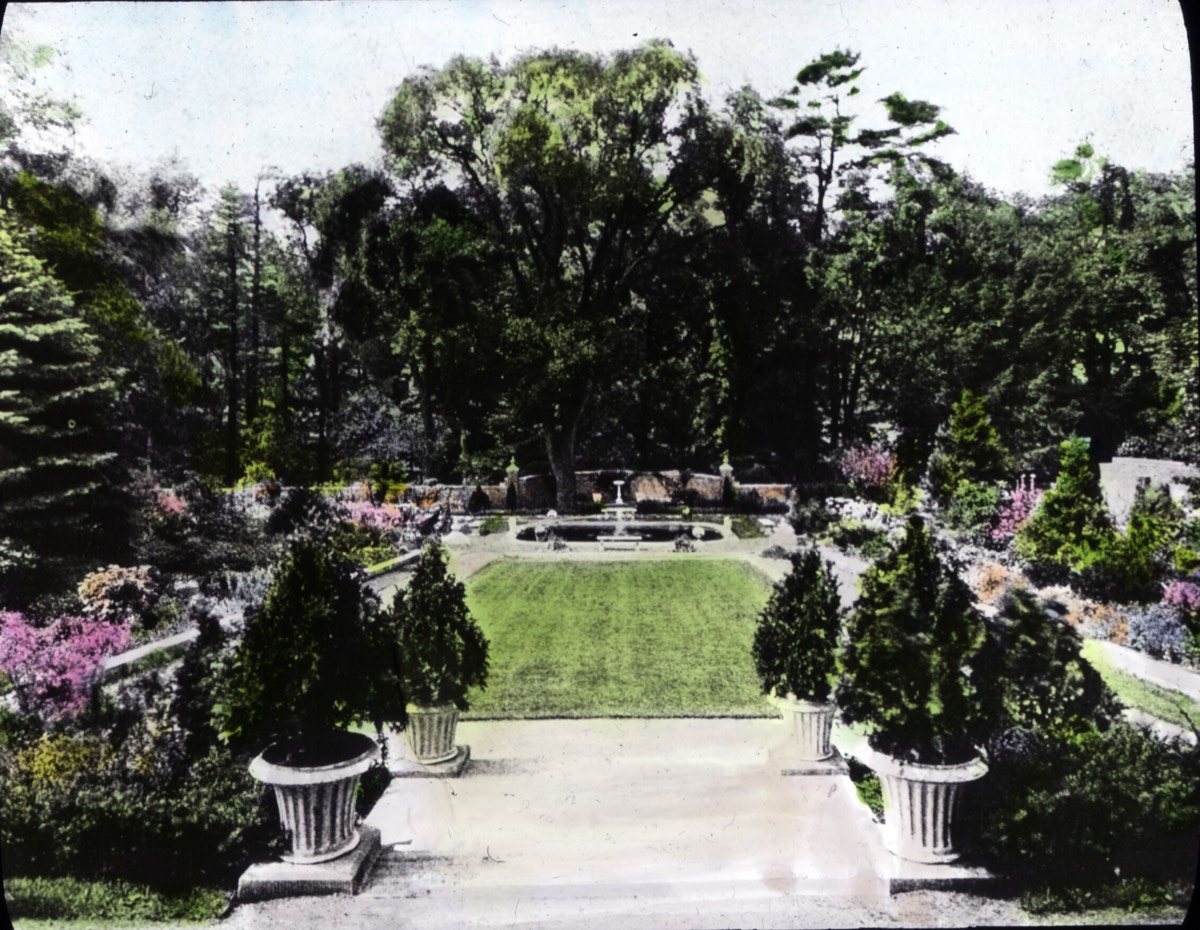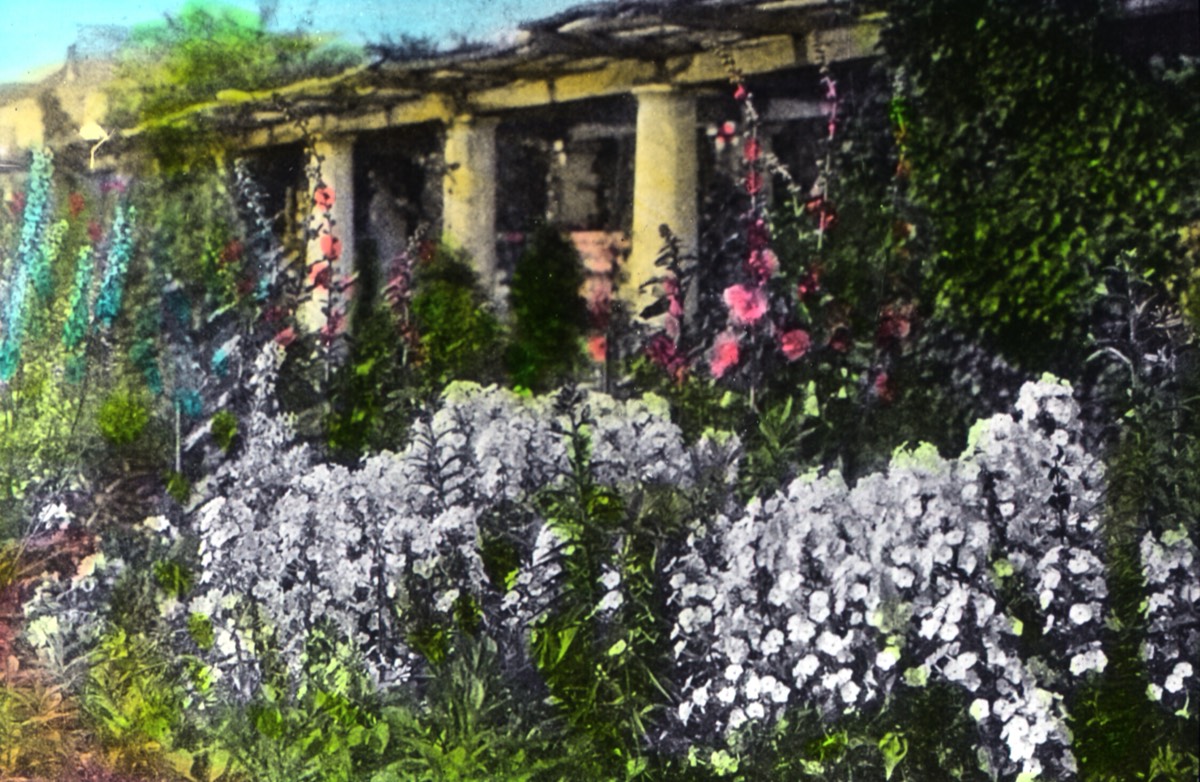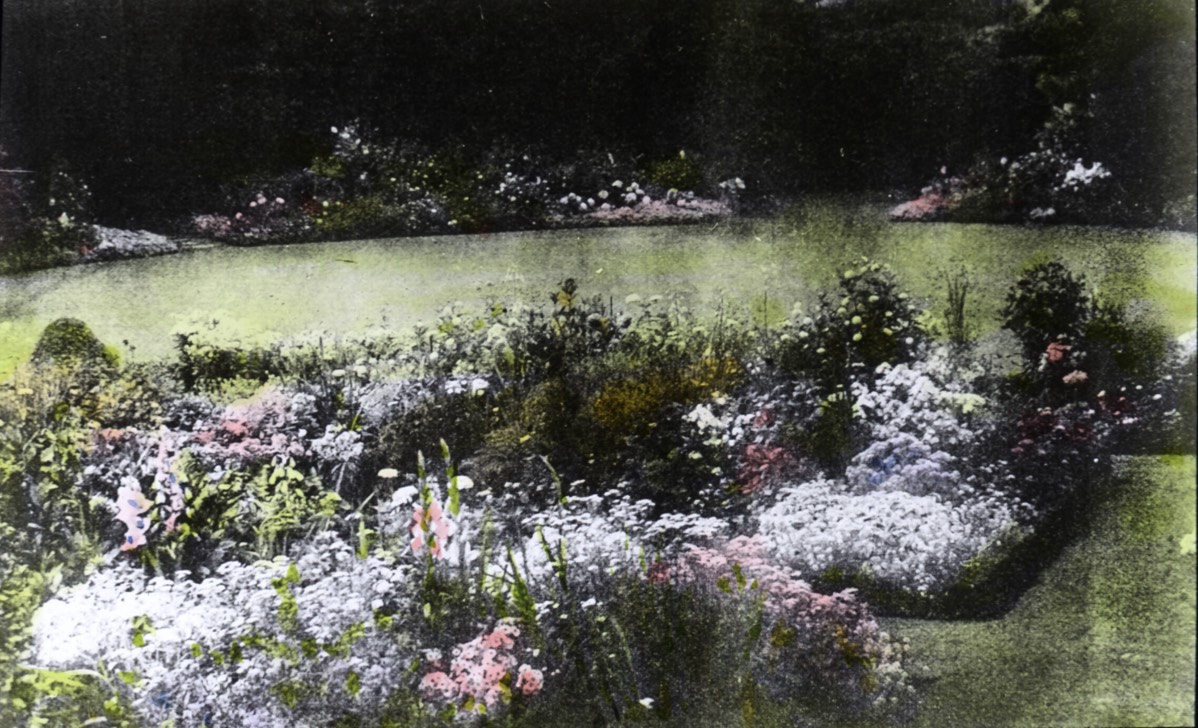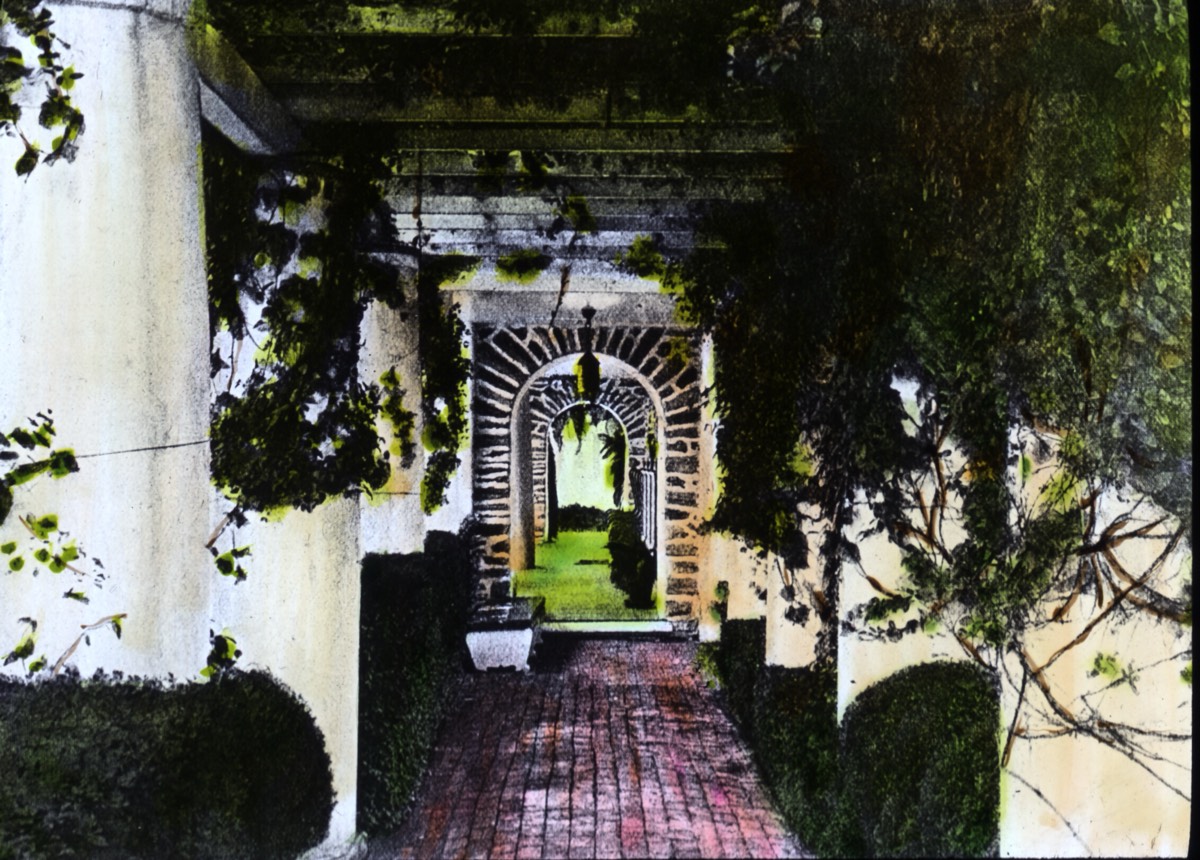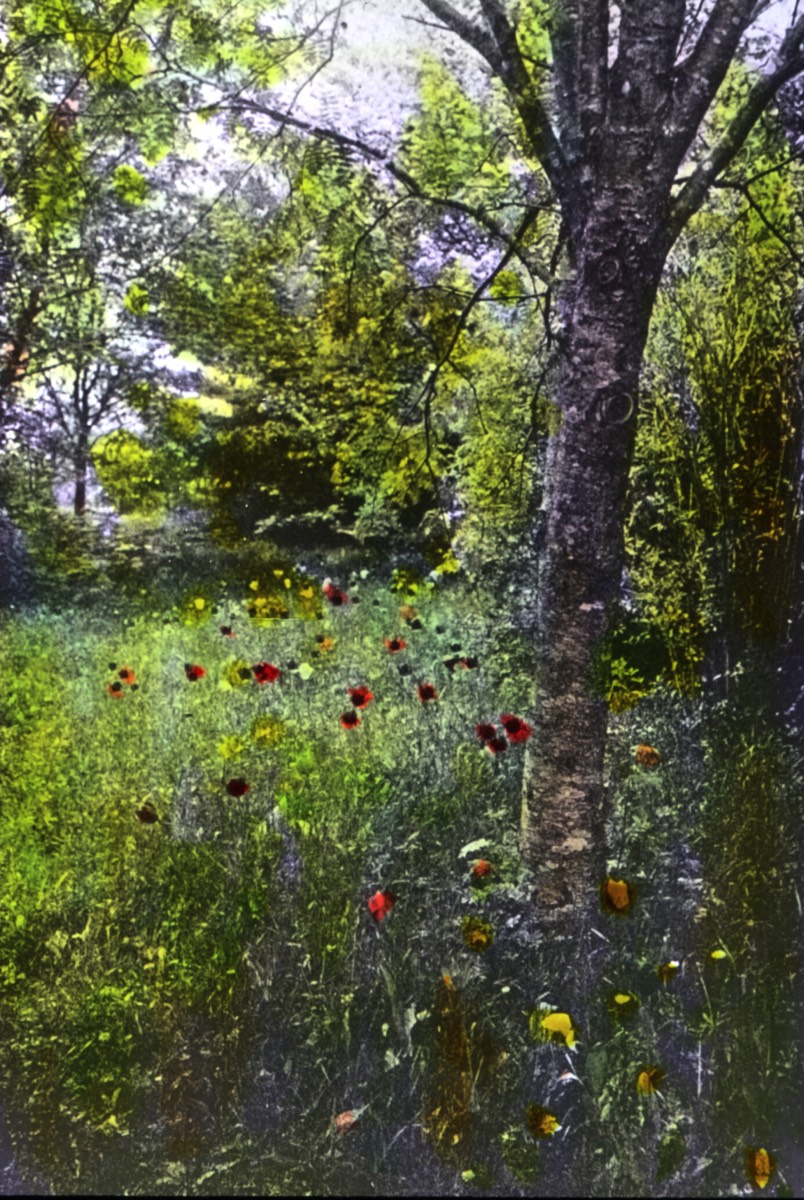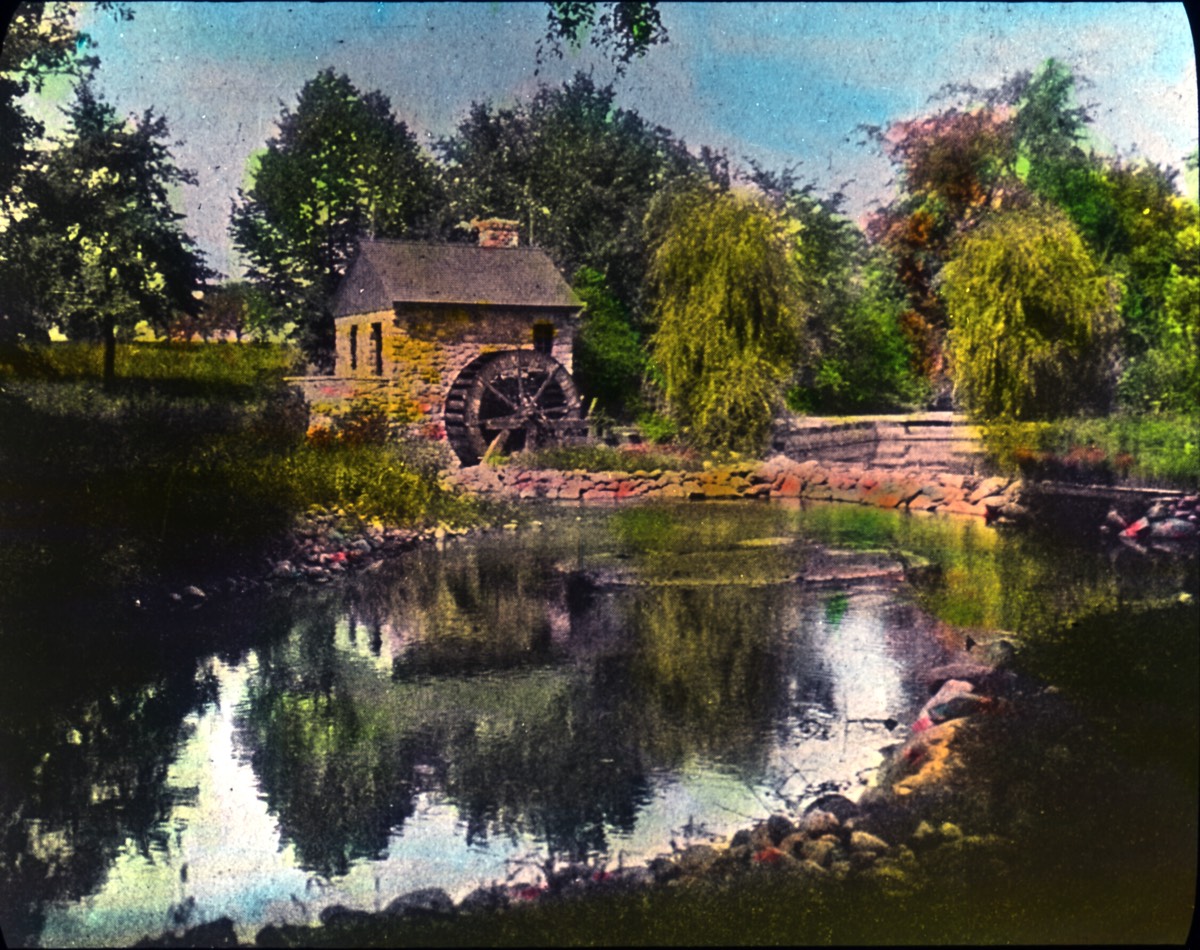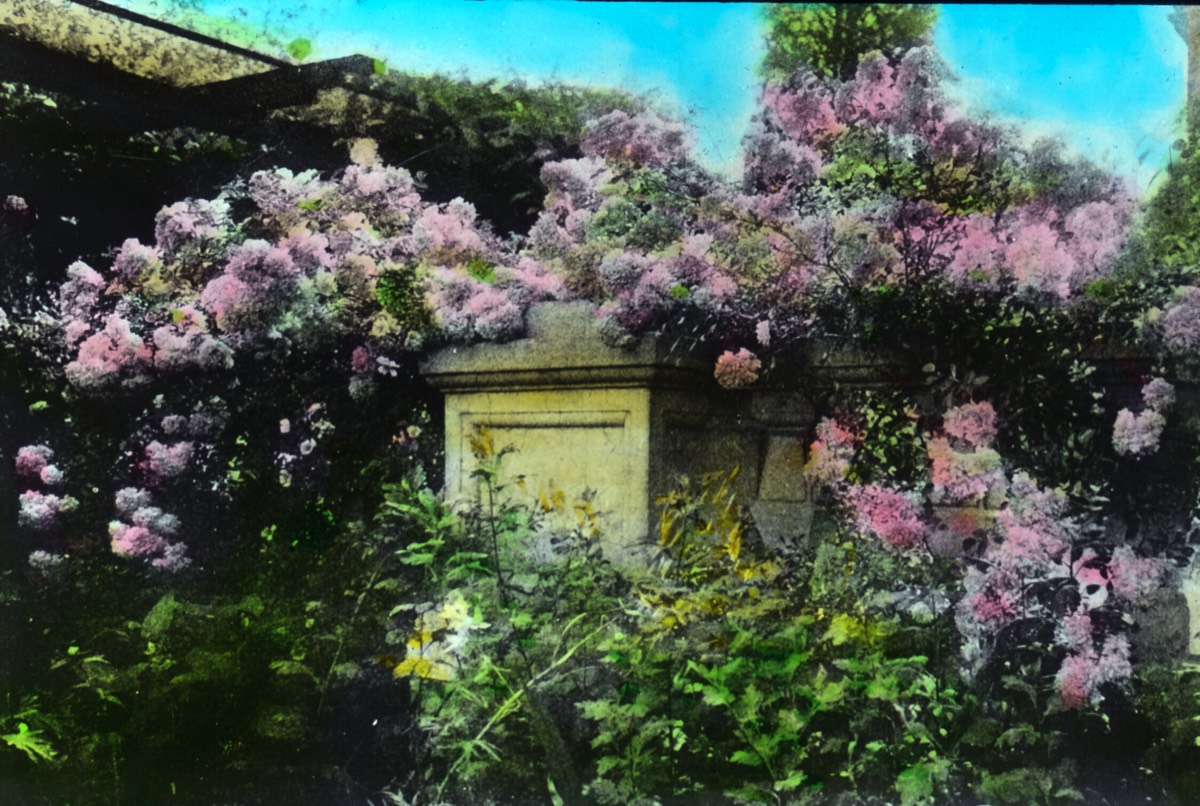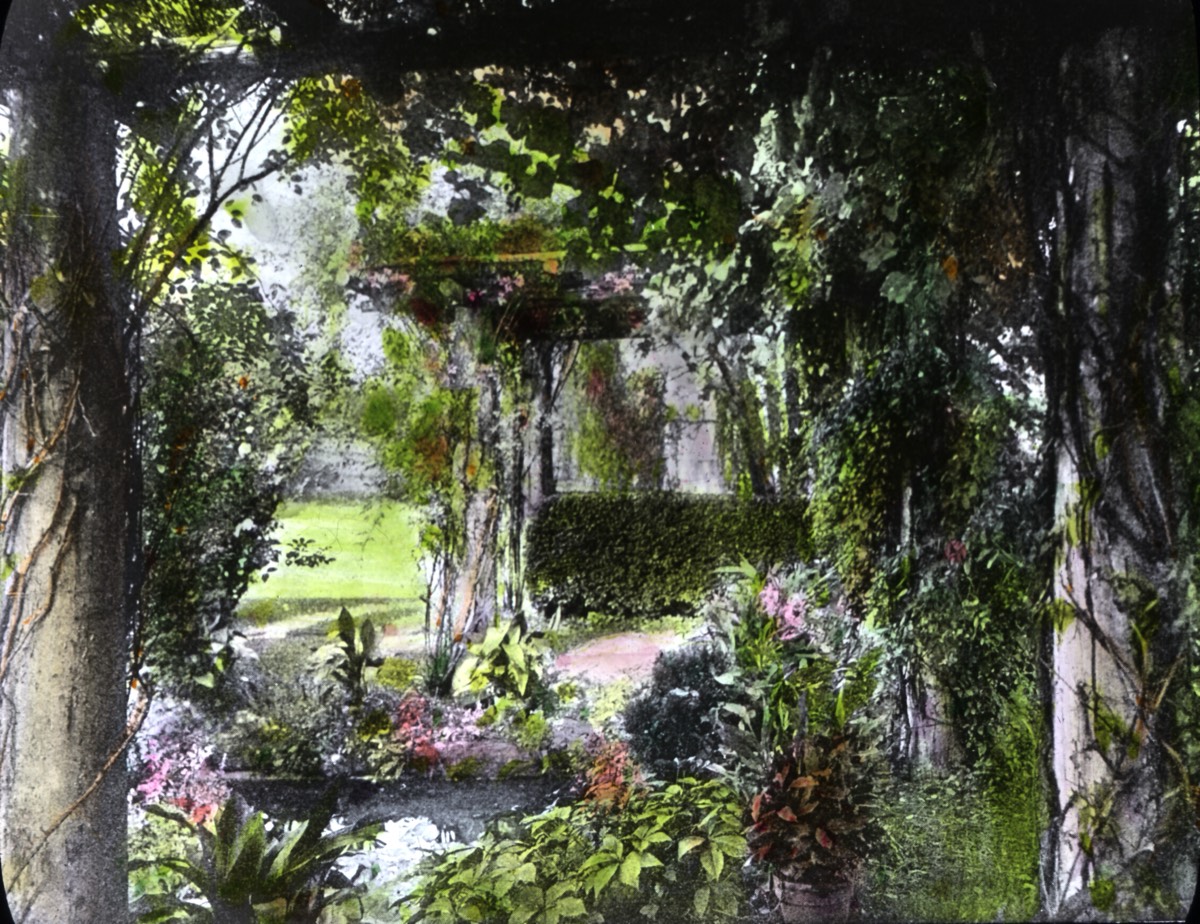The Zehrung Slide Collection
These lantern slides originally came to the Deal family from Samuel Danford Zehrung (1/23/1892-12/26/1988). We believe they were taken during a European tour by Sam and his wife Hazel. Sam Zehrung was a well-known Dayton area landscape architect in the 1920’s, 30’s and 40's. He was born in Roseville, Ohio, in 1892, and studied at several universities; his Master of Landscape Architect being earned from Harvard University. Before and during the Great Depression, Samuel co-owned San Rae Gardens in West Carrollton where he designed gorgeous landscapes for many well-to-do people in the Dayton area. Around 1928, at the peak of his career, Sam hired a young worker by the name of Robert Deal. As the depression wore on, Sam's business consisted mostly of landscape maintenance work. That is when Bob and his wife moved on to start a small card and flower shop on Salem Avenue in Dayton. In 1940, the Deal family expanded, moved the family business to its current location in Beavercreek and added landscaping services.
For the remainder of his life, Sam Zehrung and his wife Hazel were close friends with the Deal family.
When Sam and his wife moved from a large Miamisburg home to a retirement home in Yellow Springs, Sam gave Bob many items from his landscape trade. These slides, found when cleaning the old homestead in 2010, are part of what Sam Zehrung passed down to Bob Deal. Also in the collection was a landscape drawing for High Acres, the former Frederick H. Rike mansion. It is an ink on linen design prepare by Samuel Zehrung. A copy of the High Acres drawing is hanging in our landscape office today.
Thanks to our friend and computer wizard (and now archivist historian), each lantern slide was cleaned then scanned on an Epson Perfection V600 Photo Scanner using VueScan software (2 color passes followed by a grey scale pass), and saved as a high quality JPEG file. Each slide has been filed in an archival quality sleeve and stored in an acid free storage box. The entire original glass slide collection is now housed in The Wright State University Archives for preservation.
